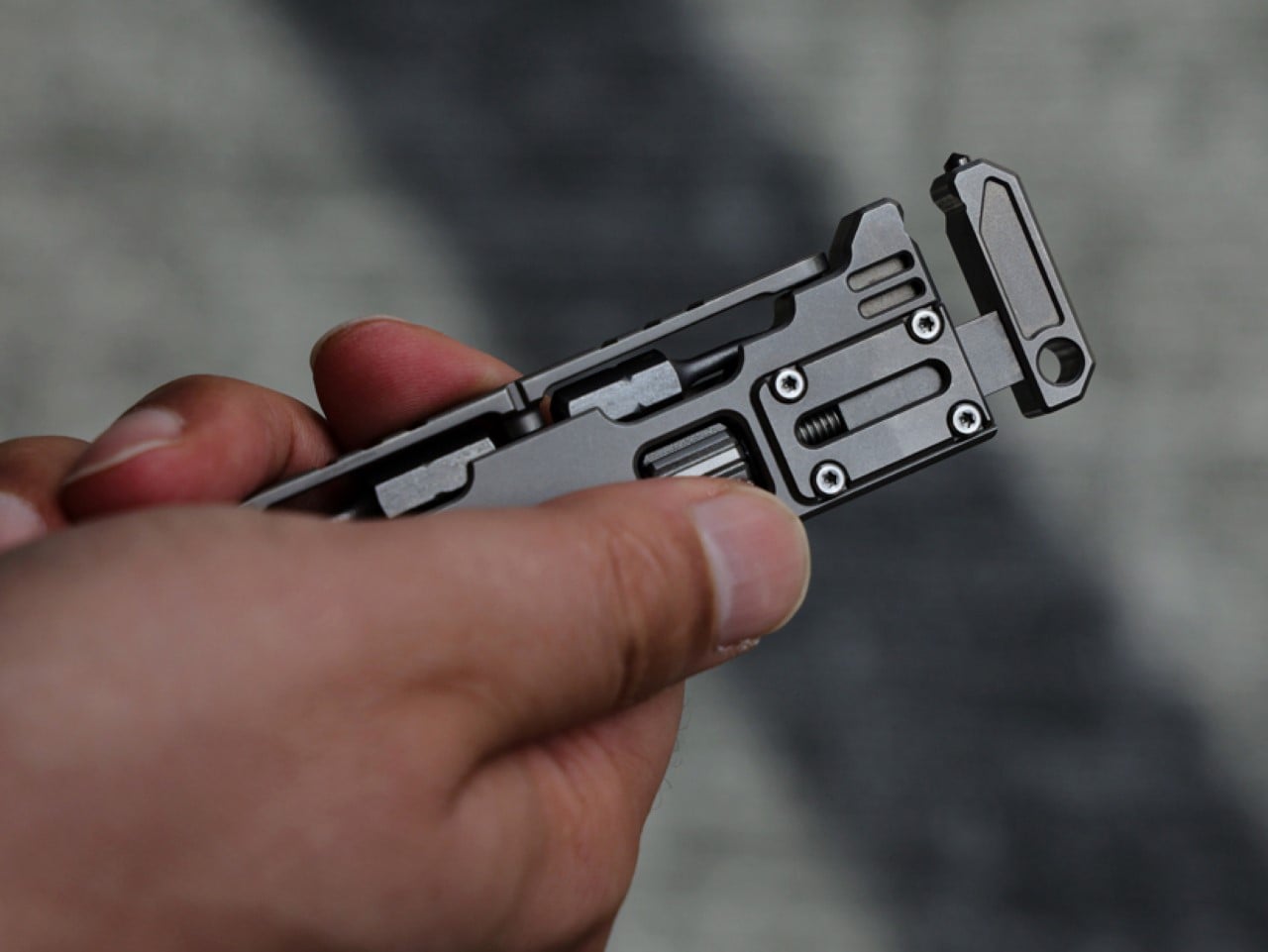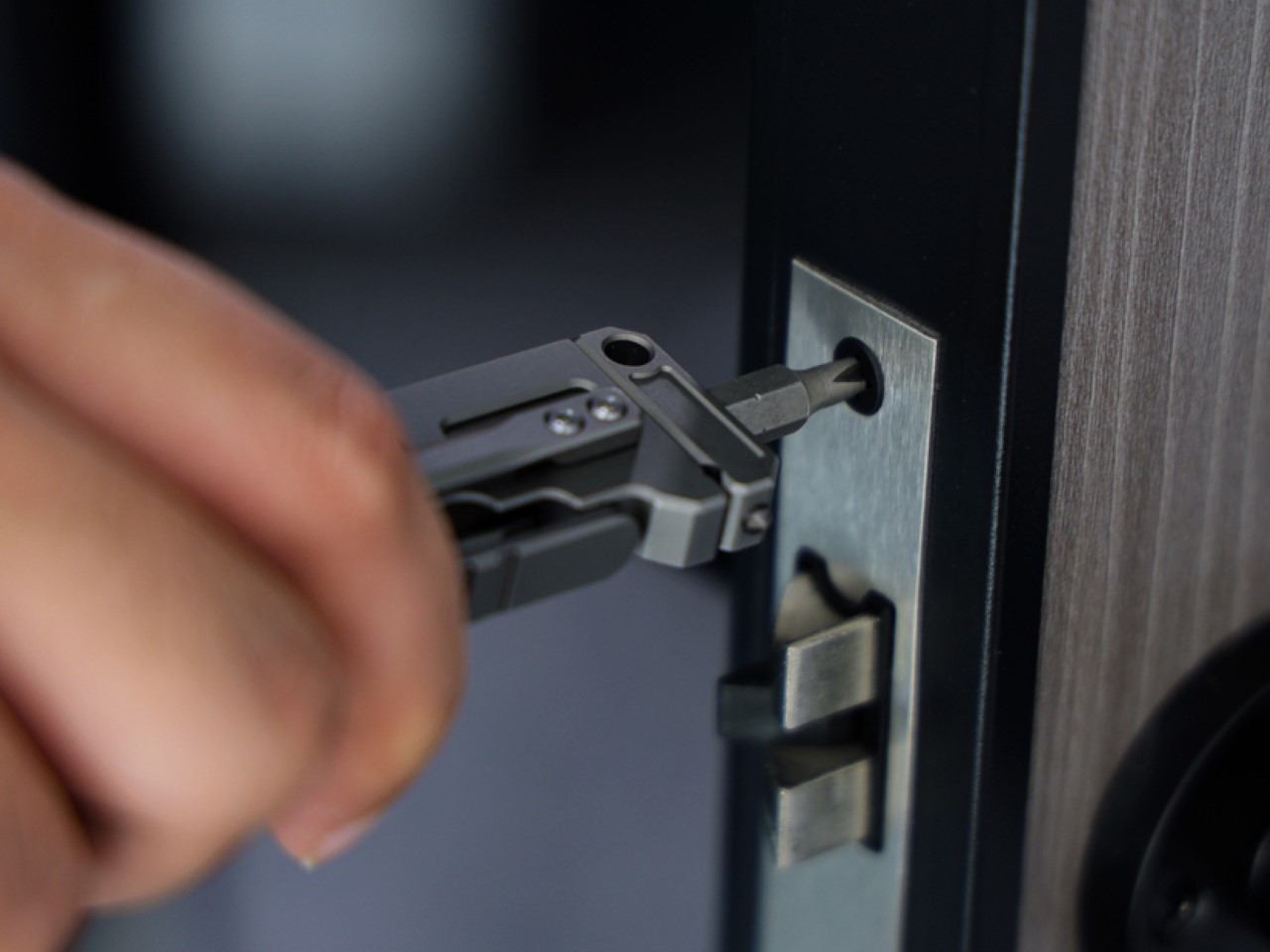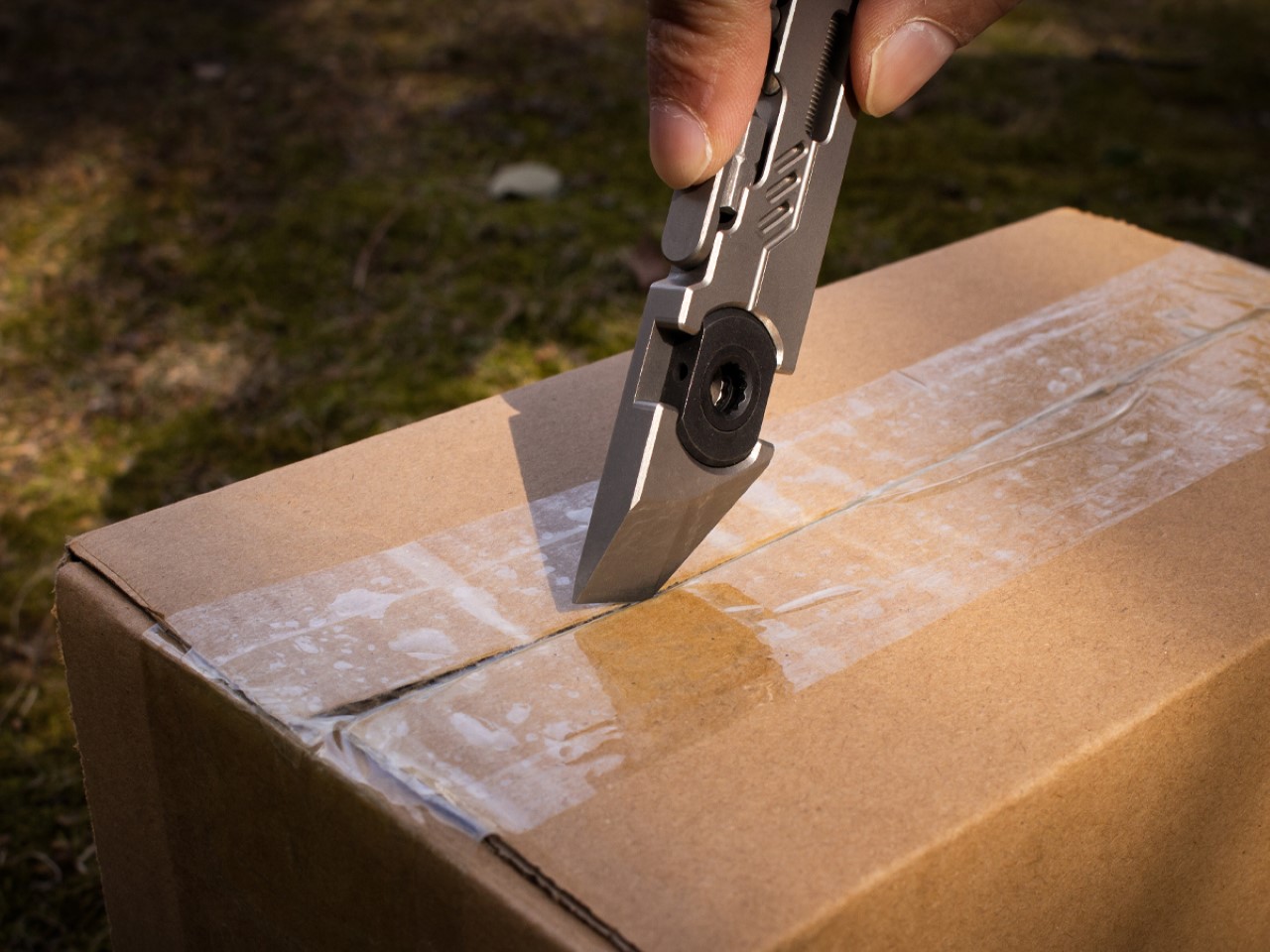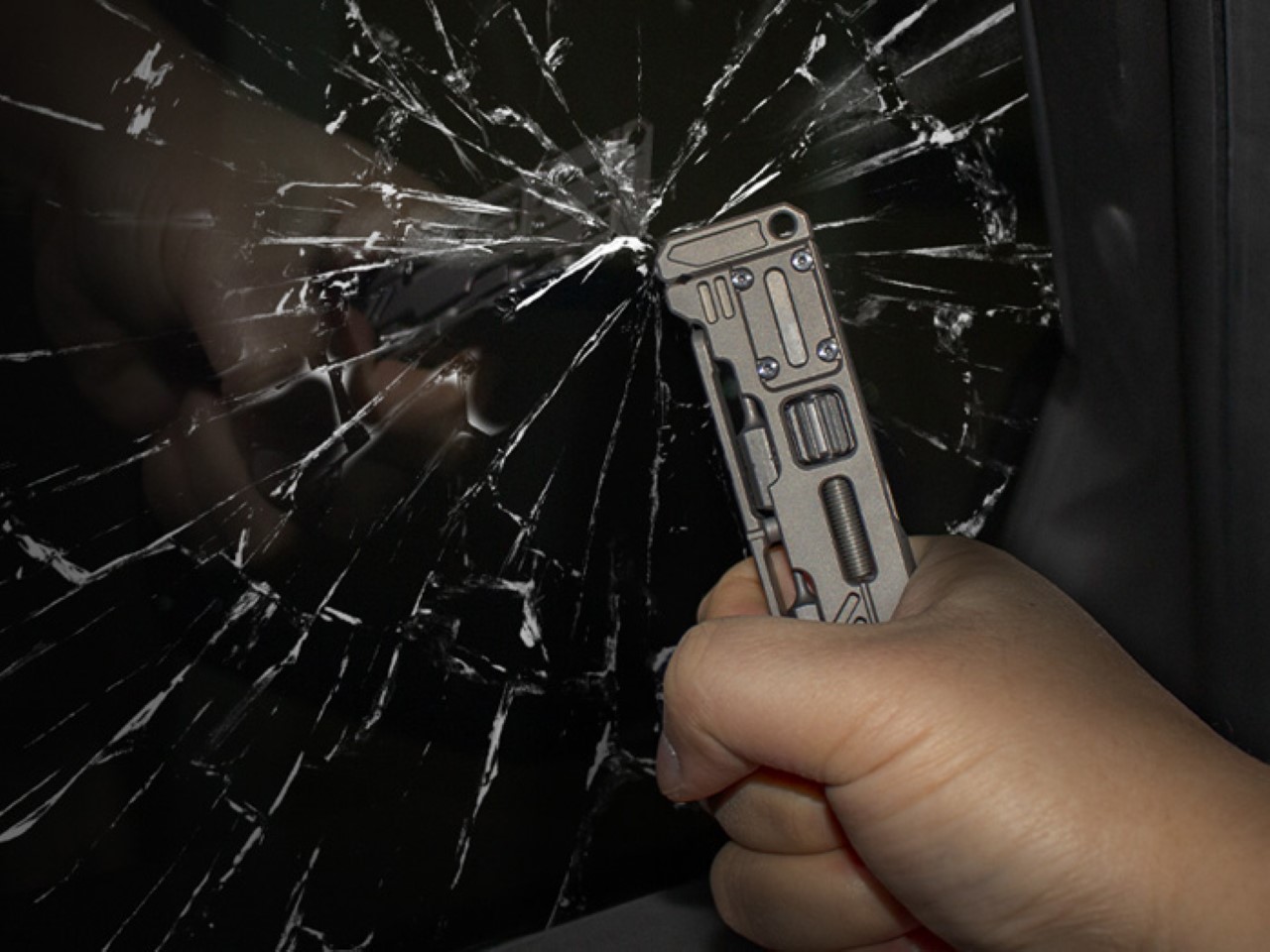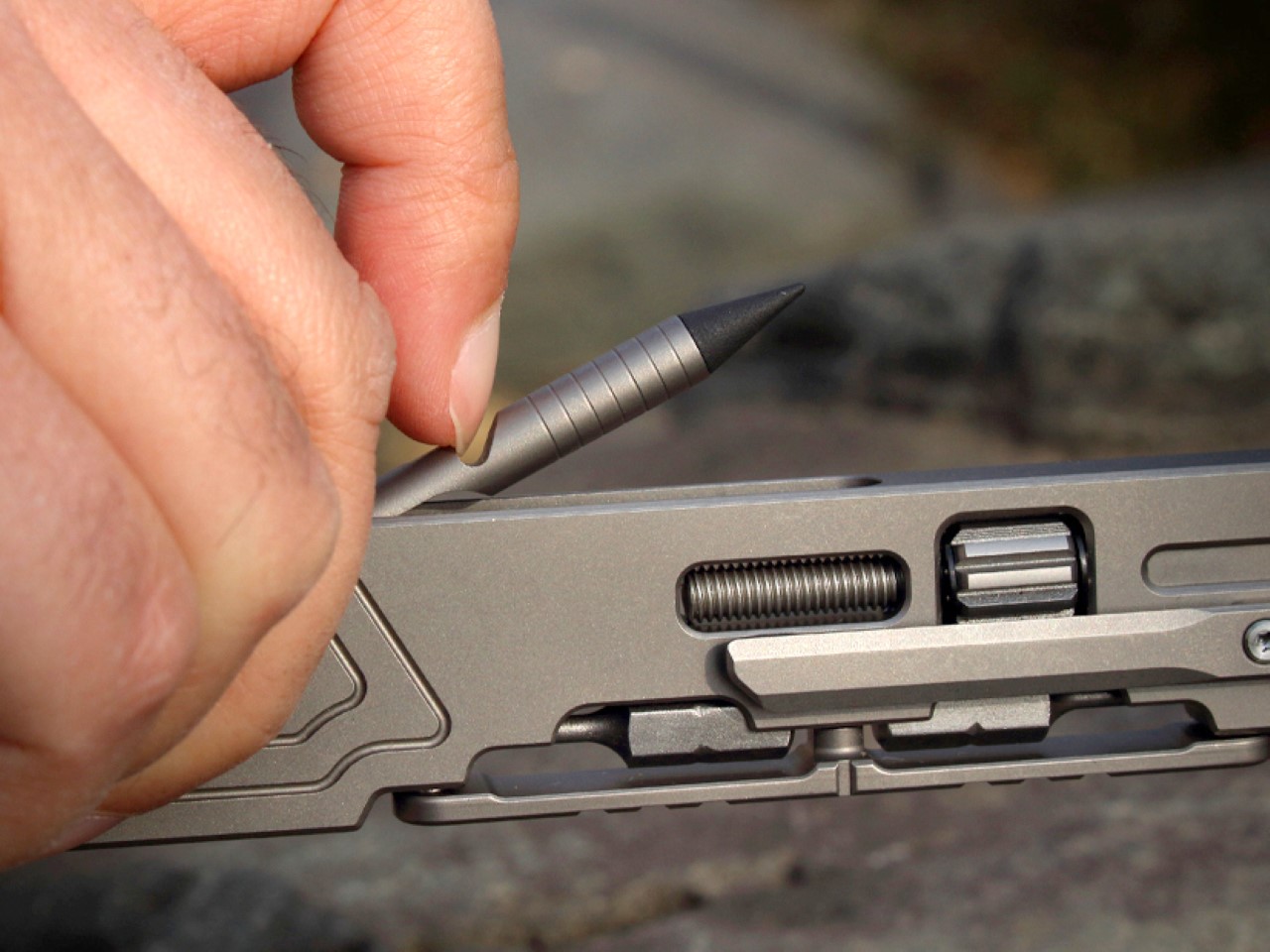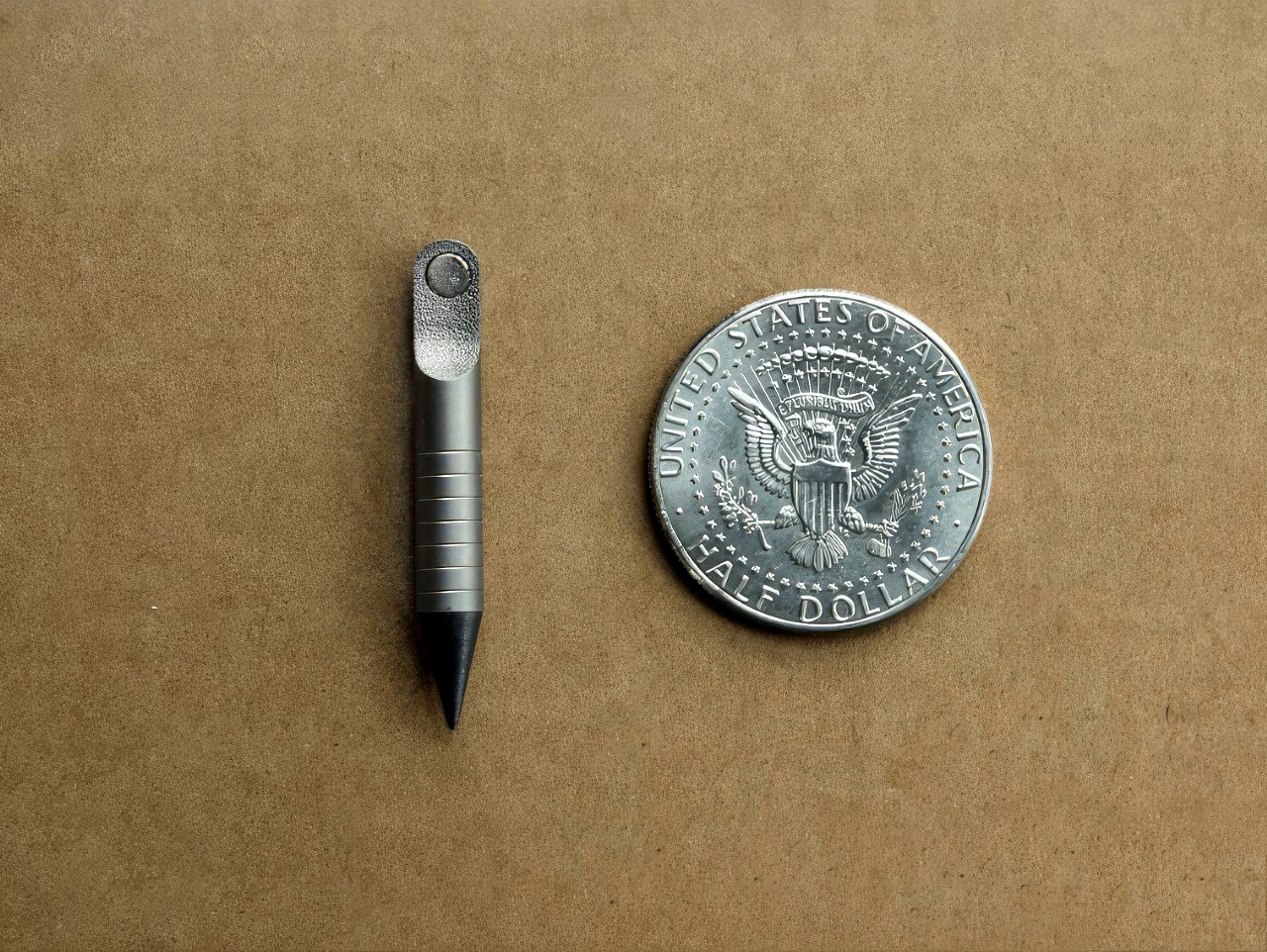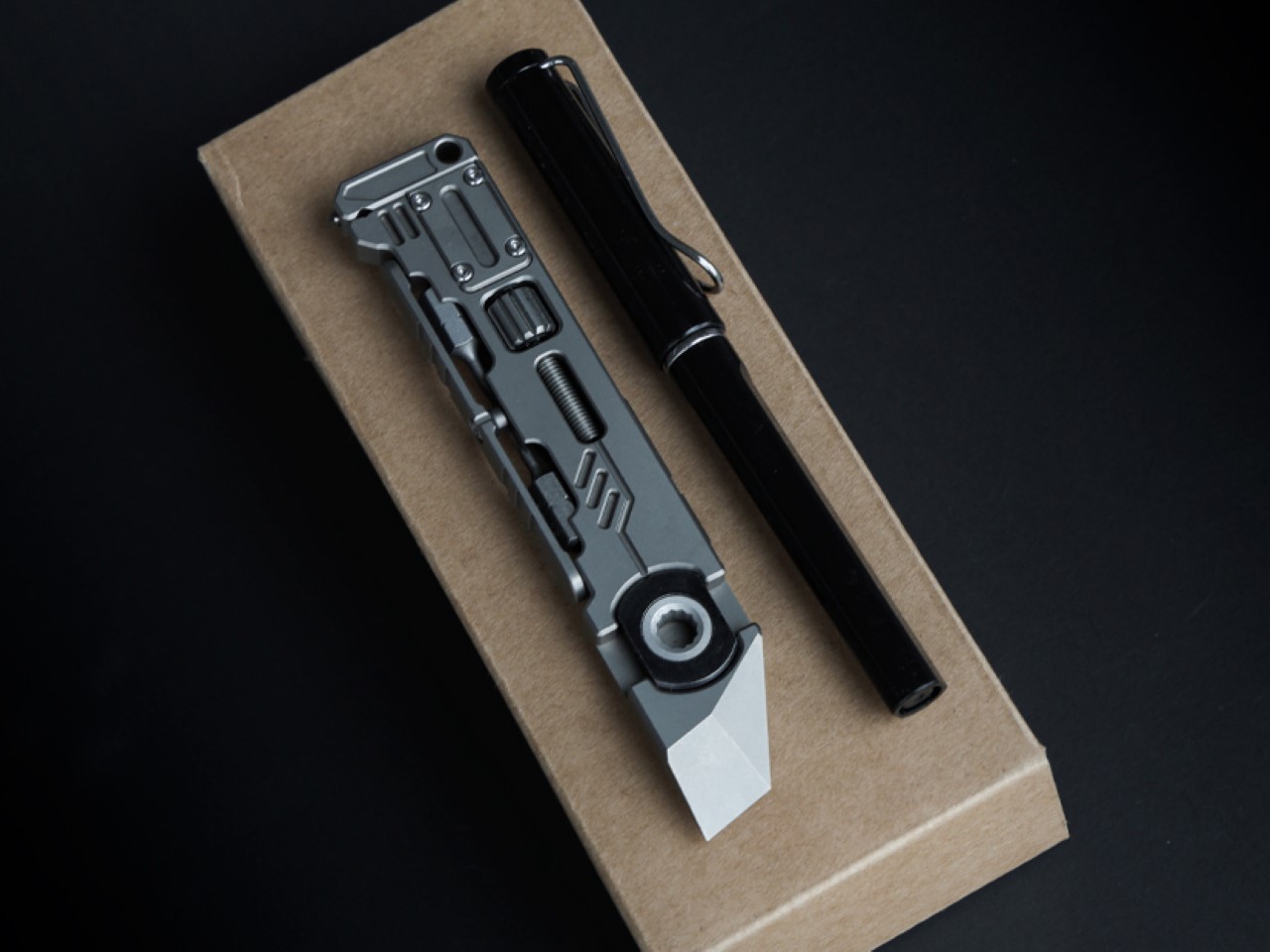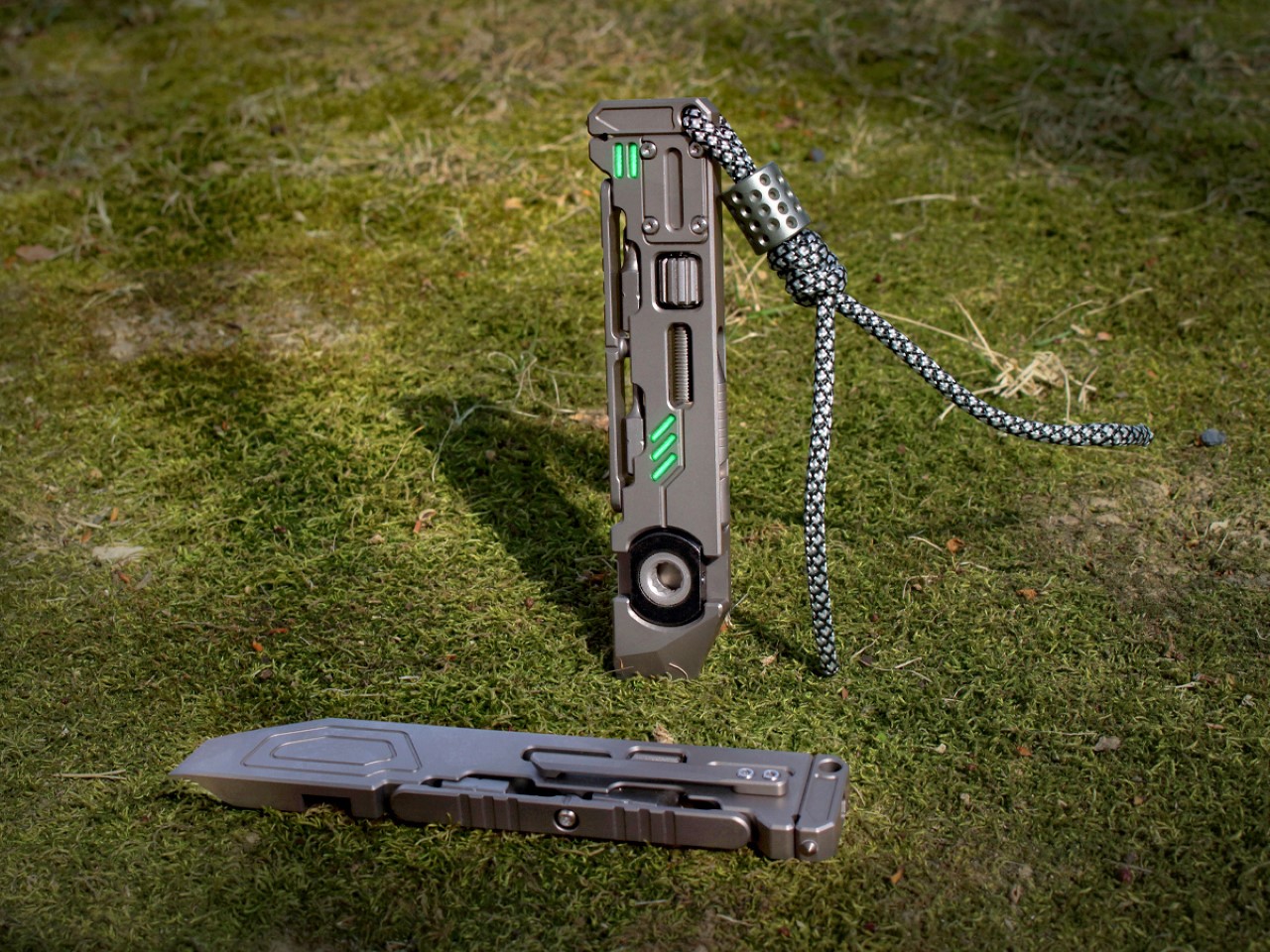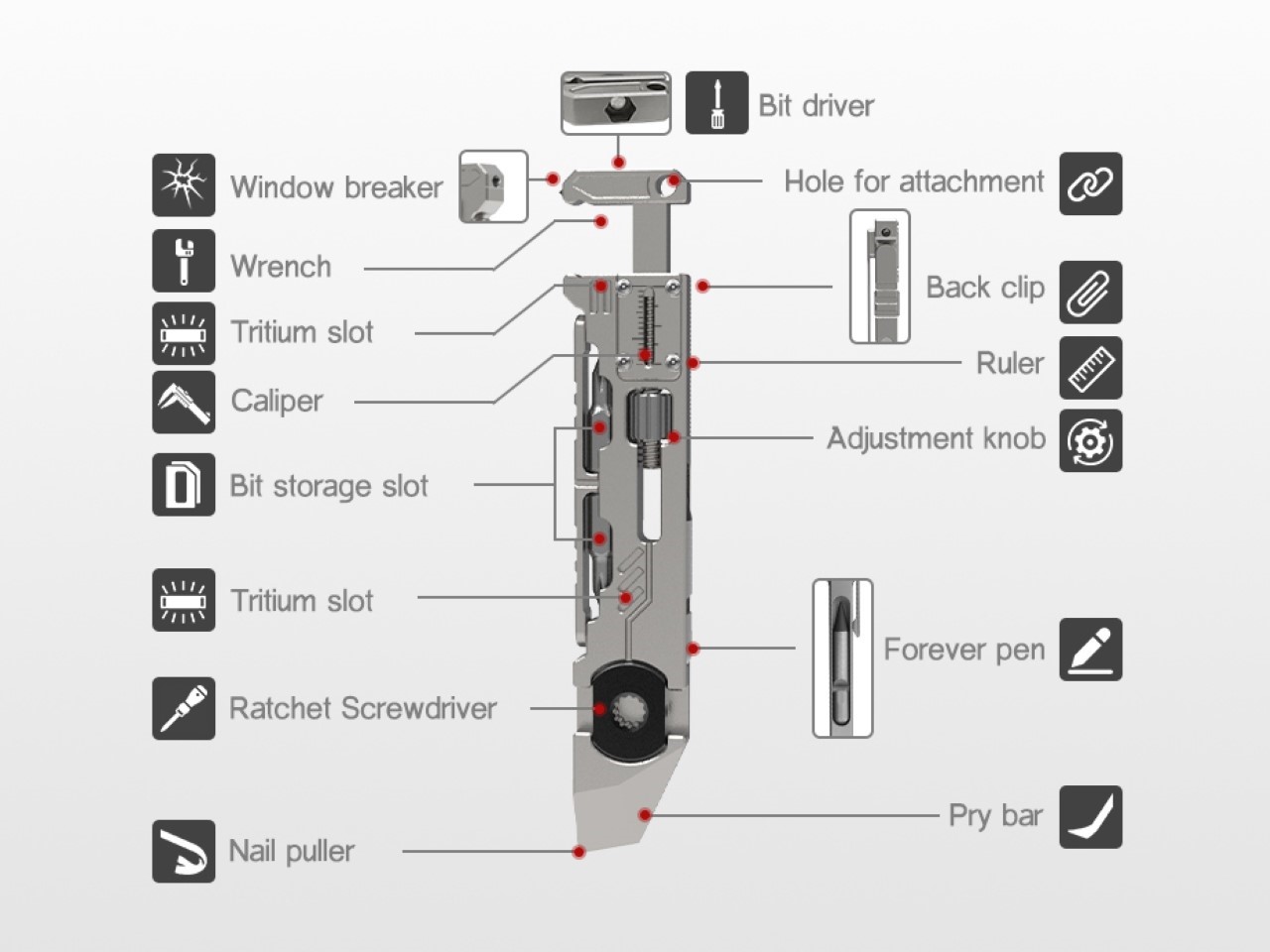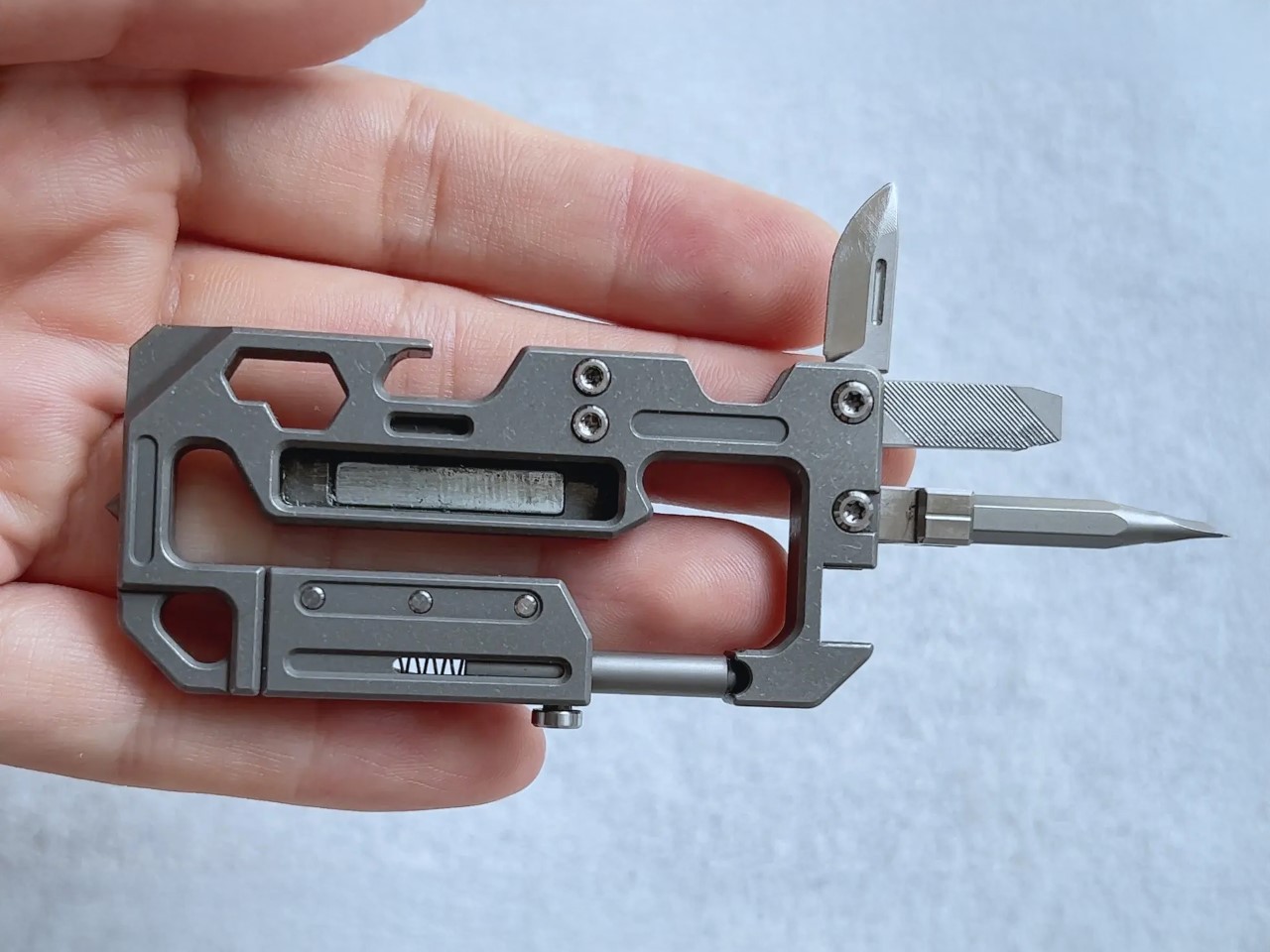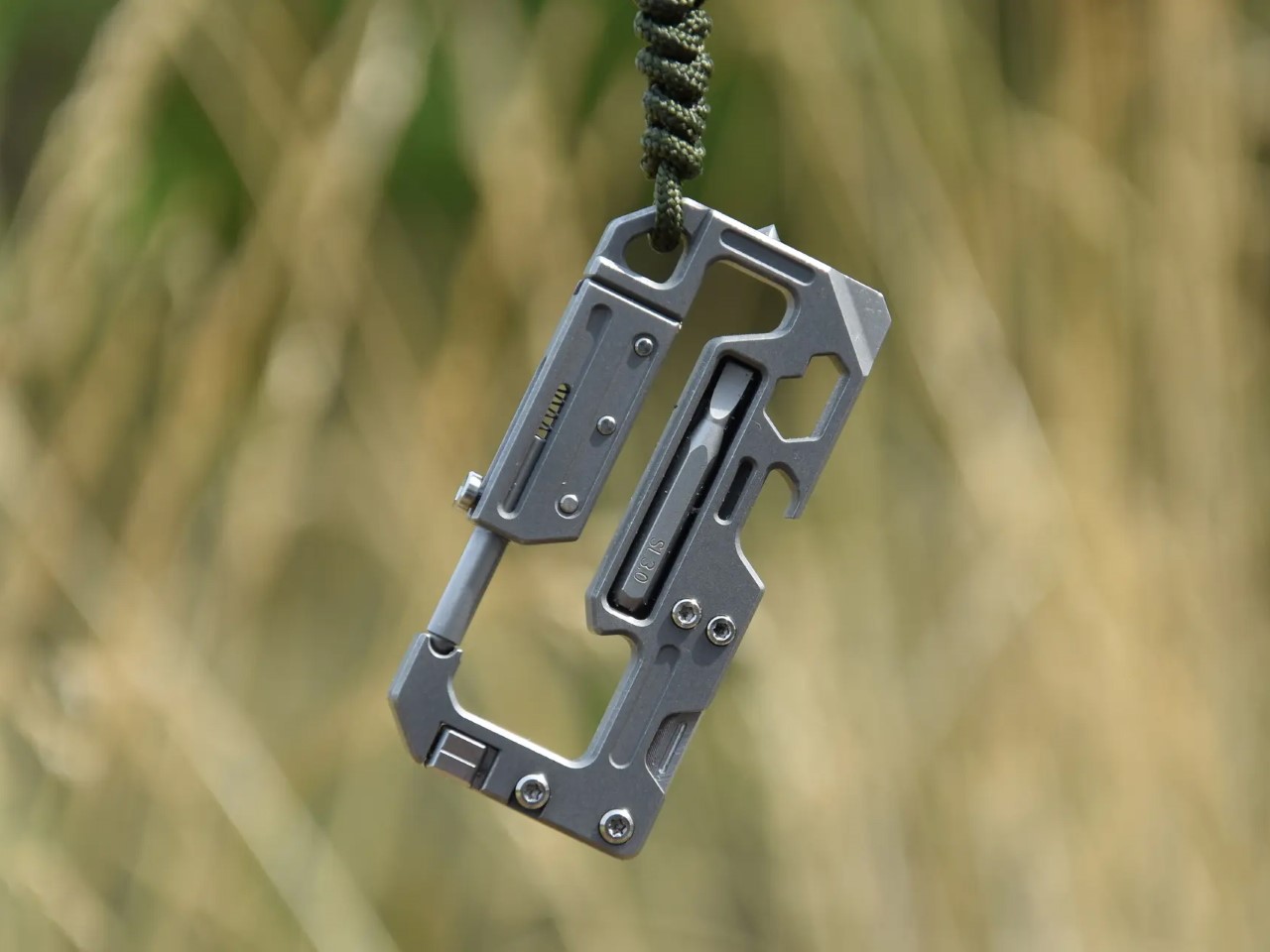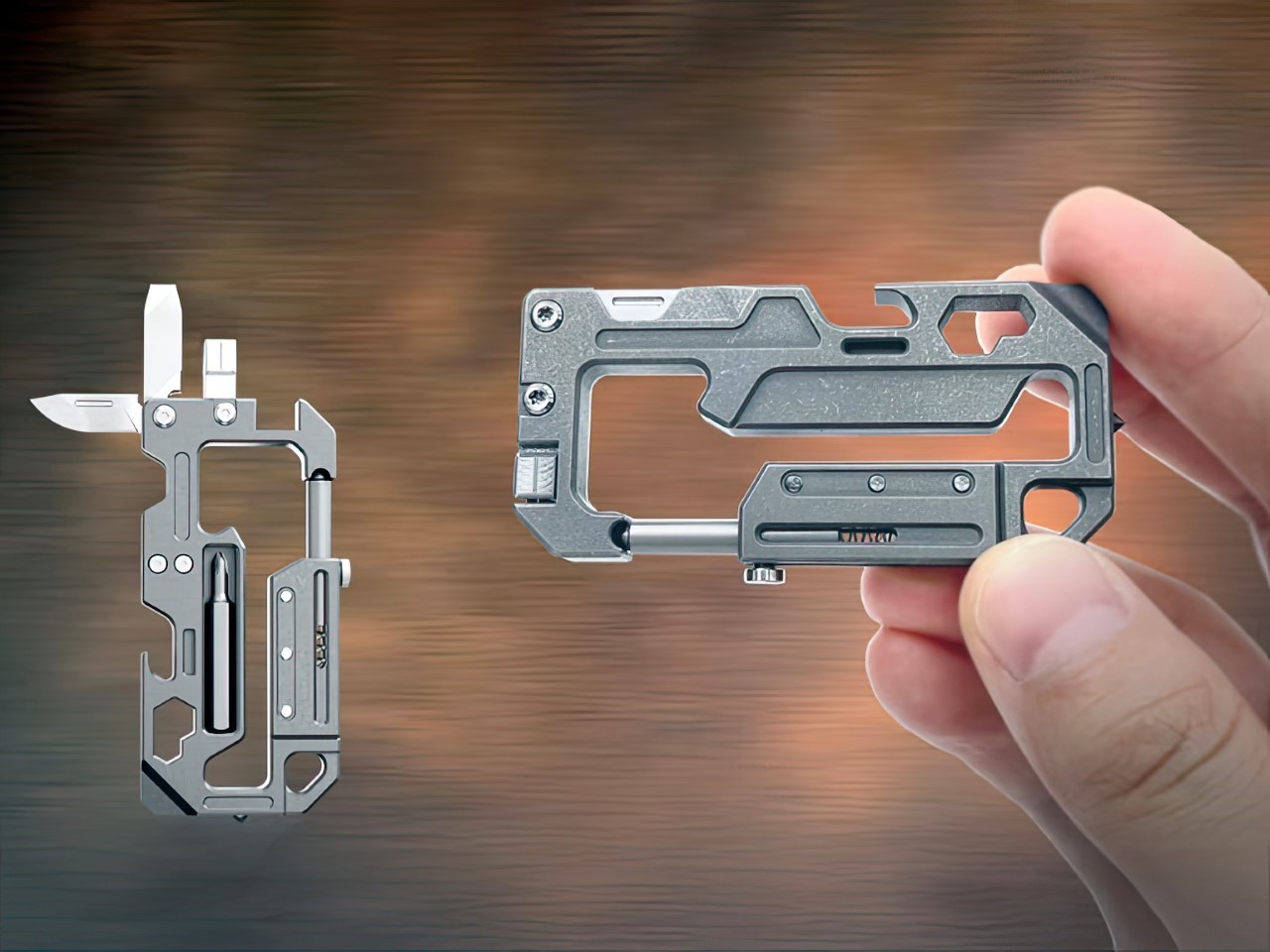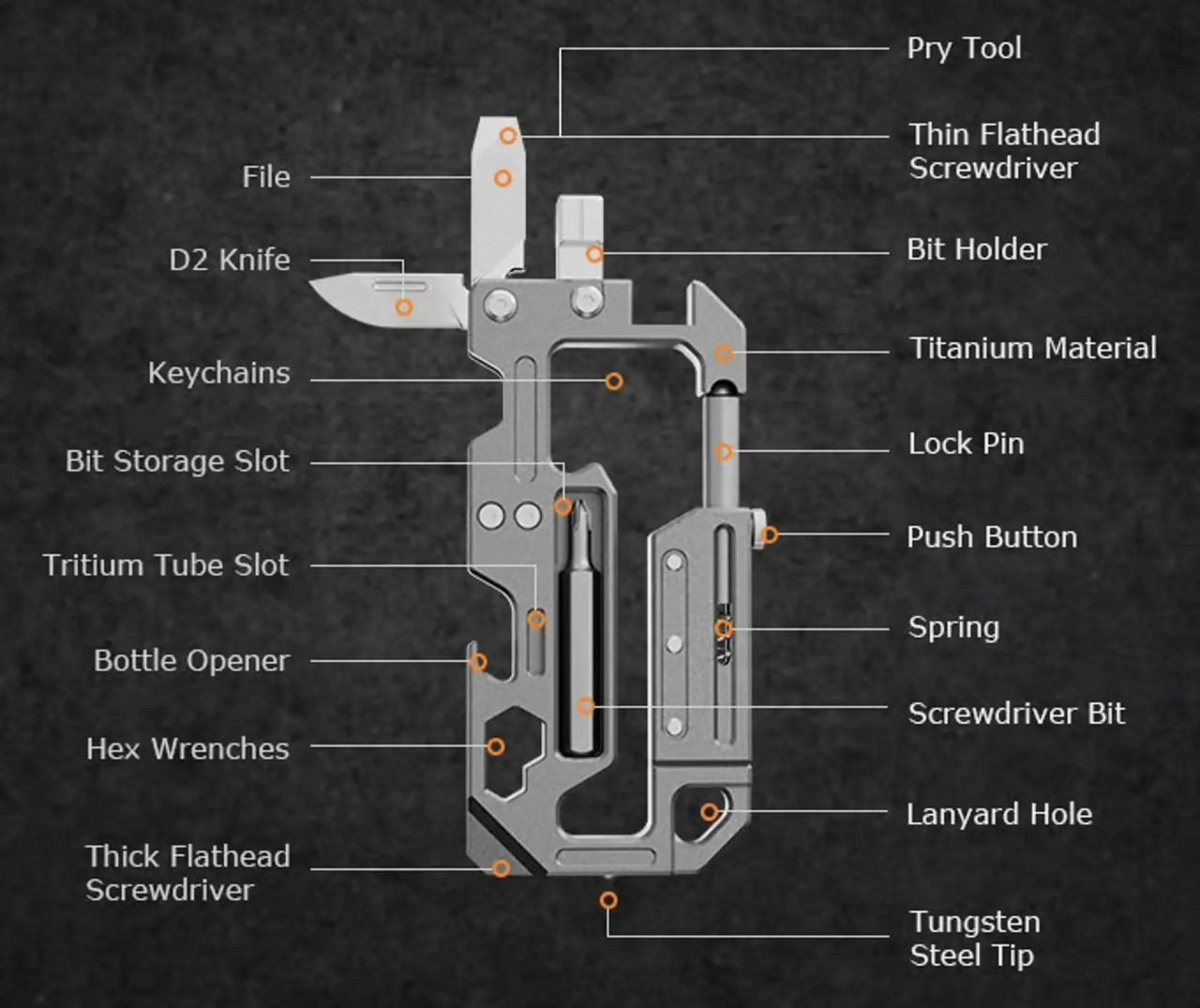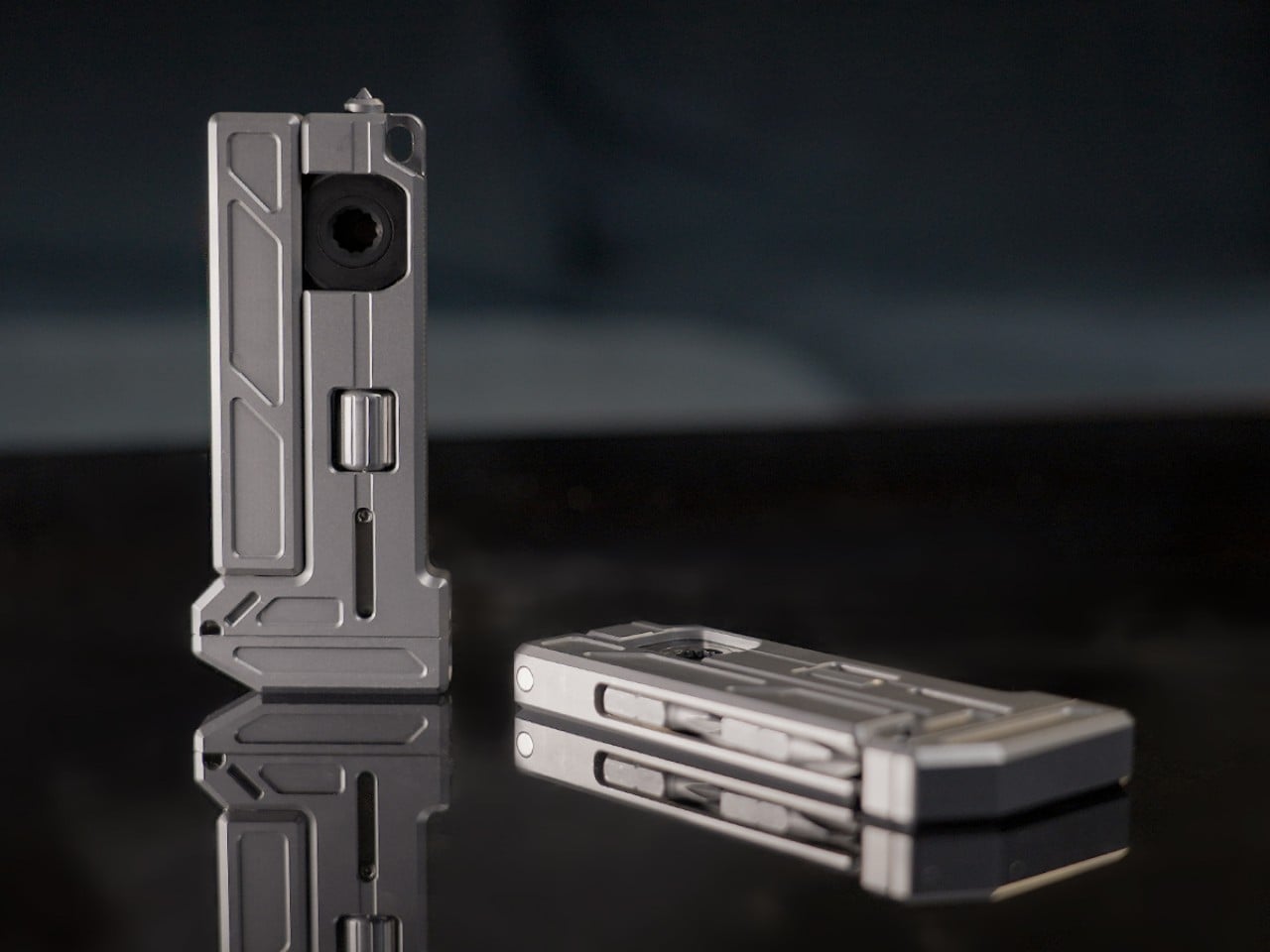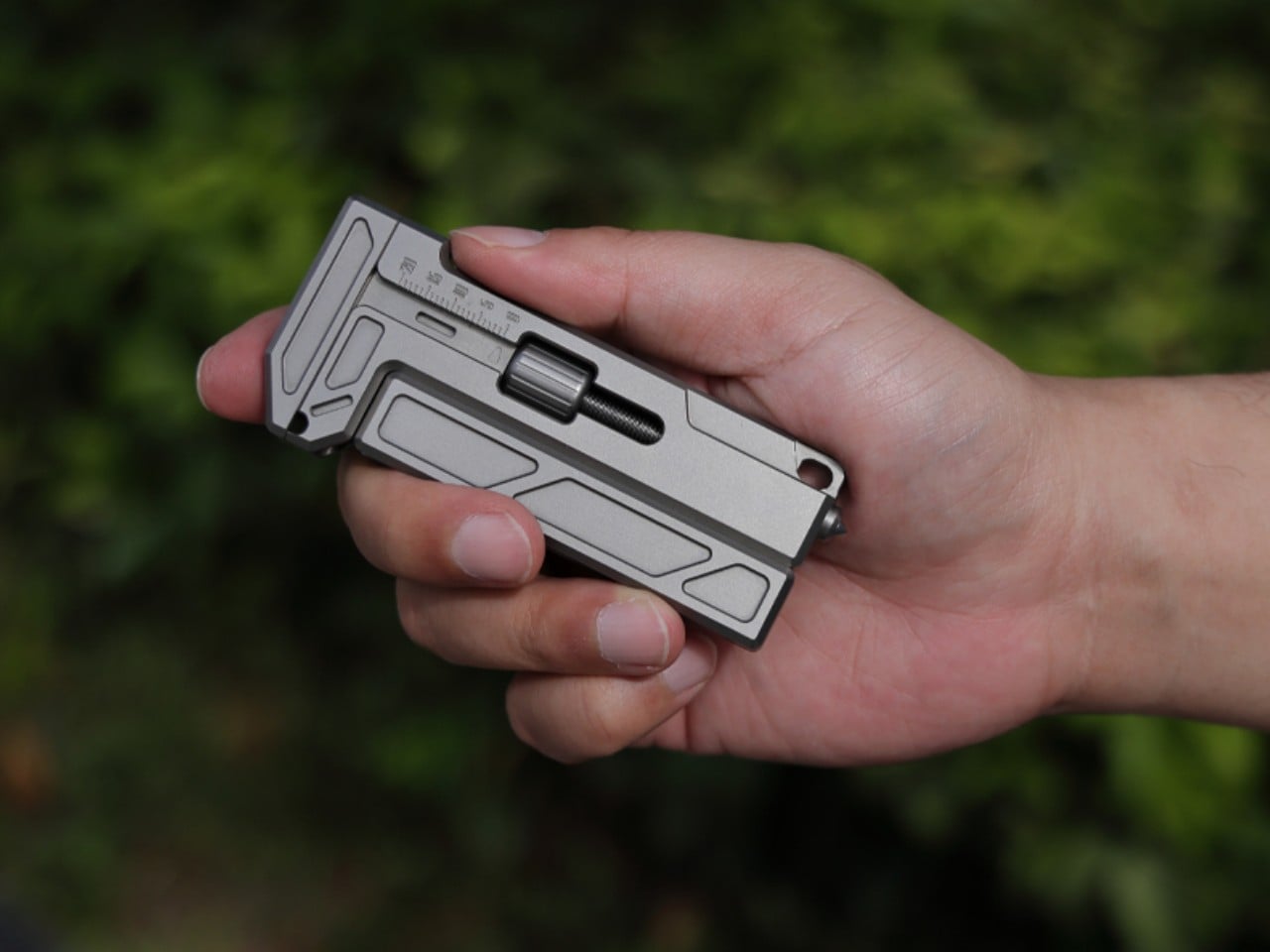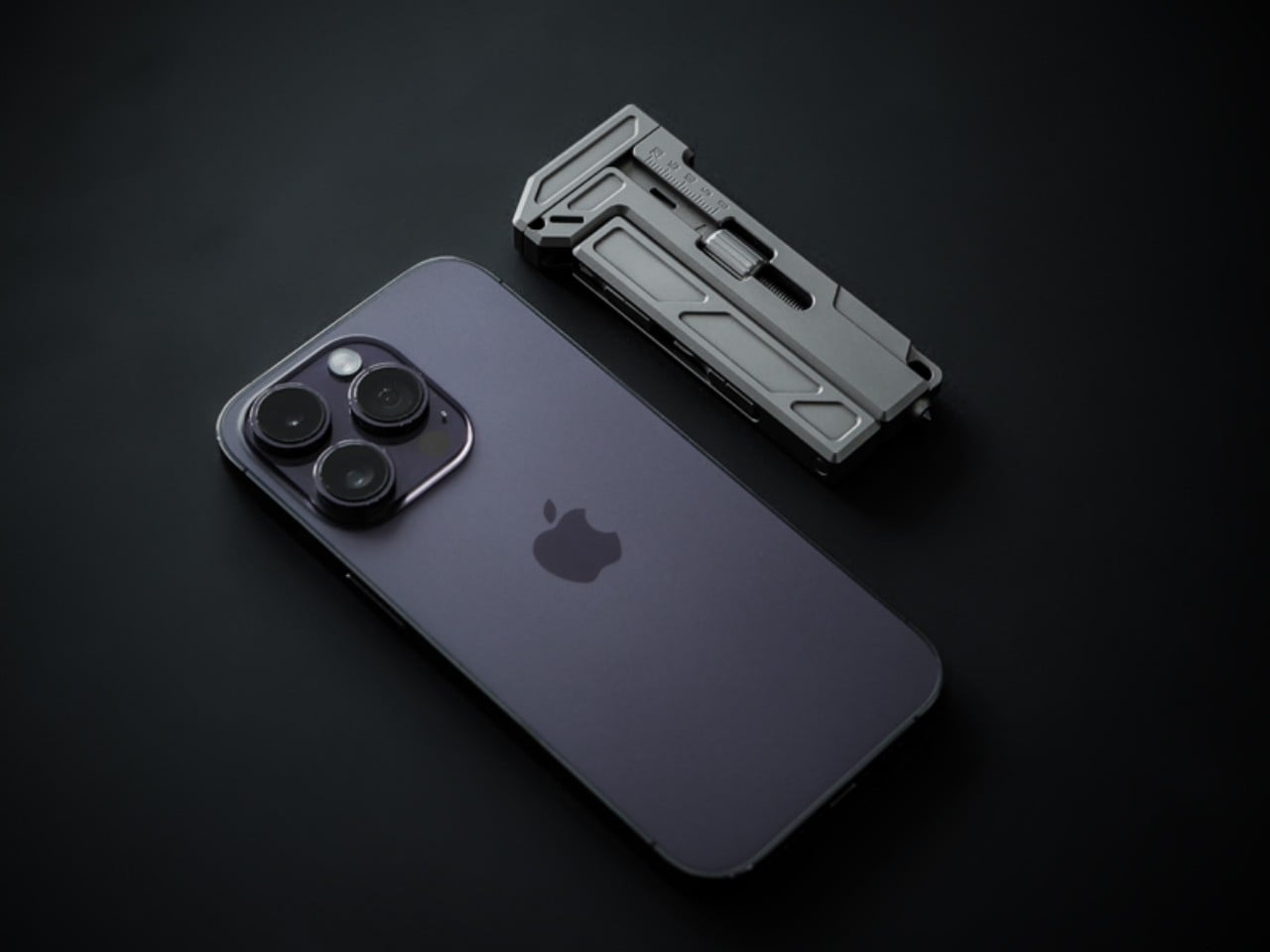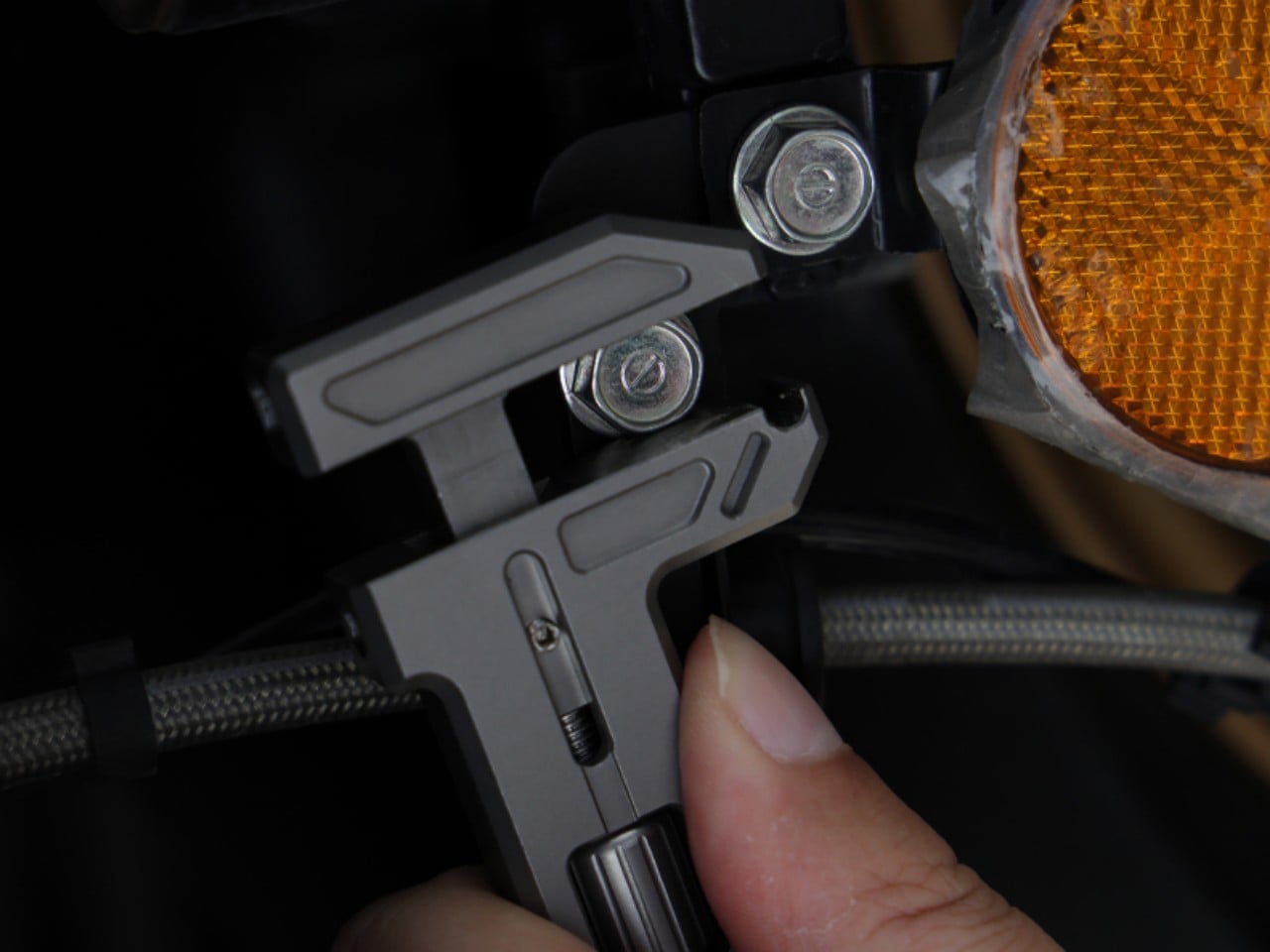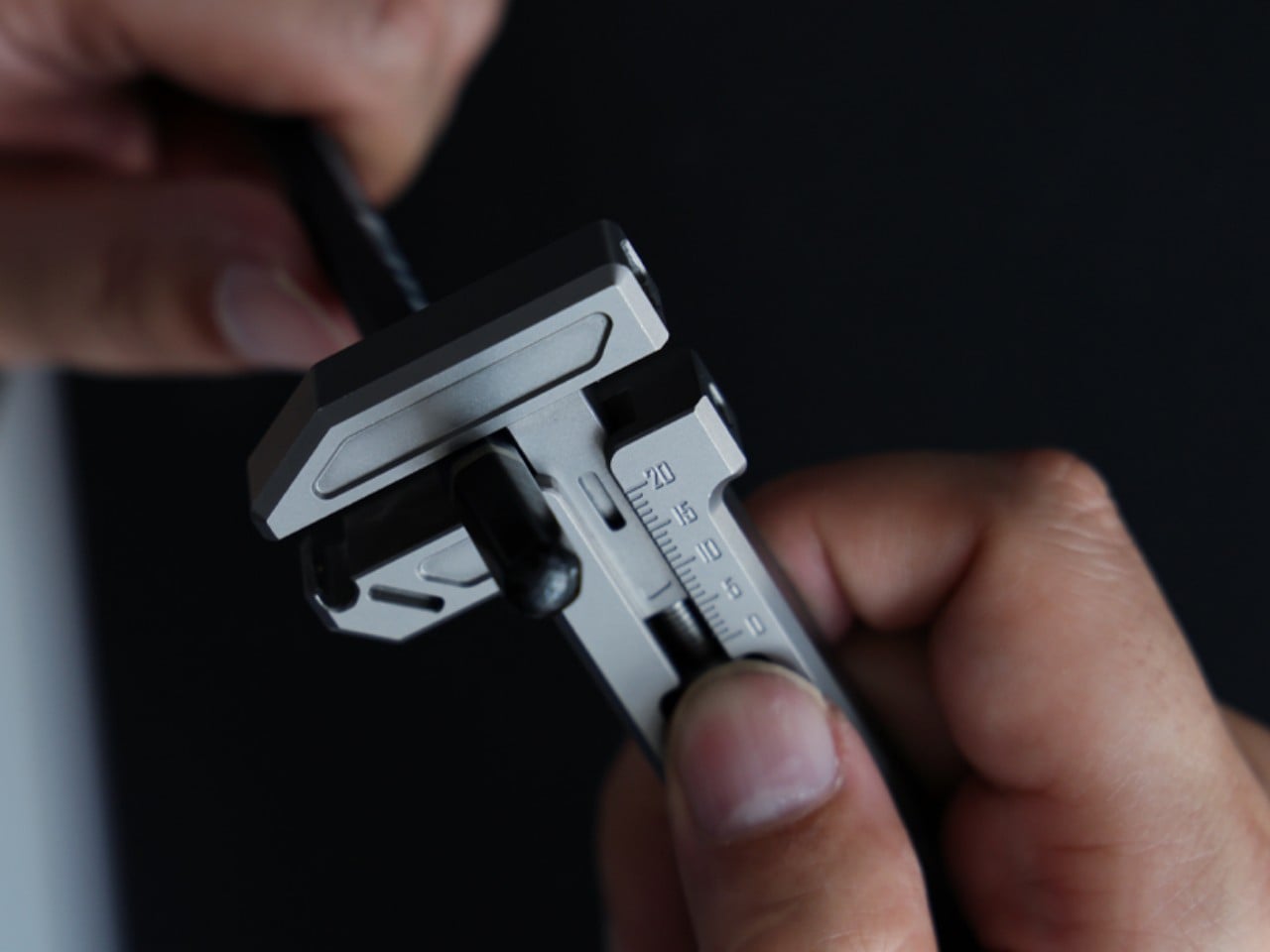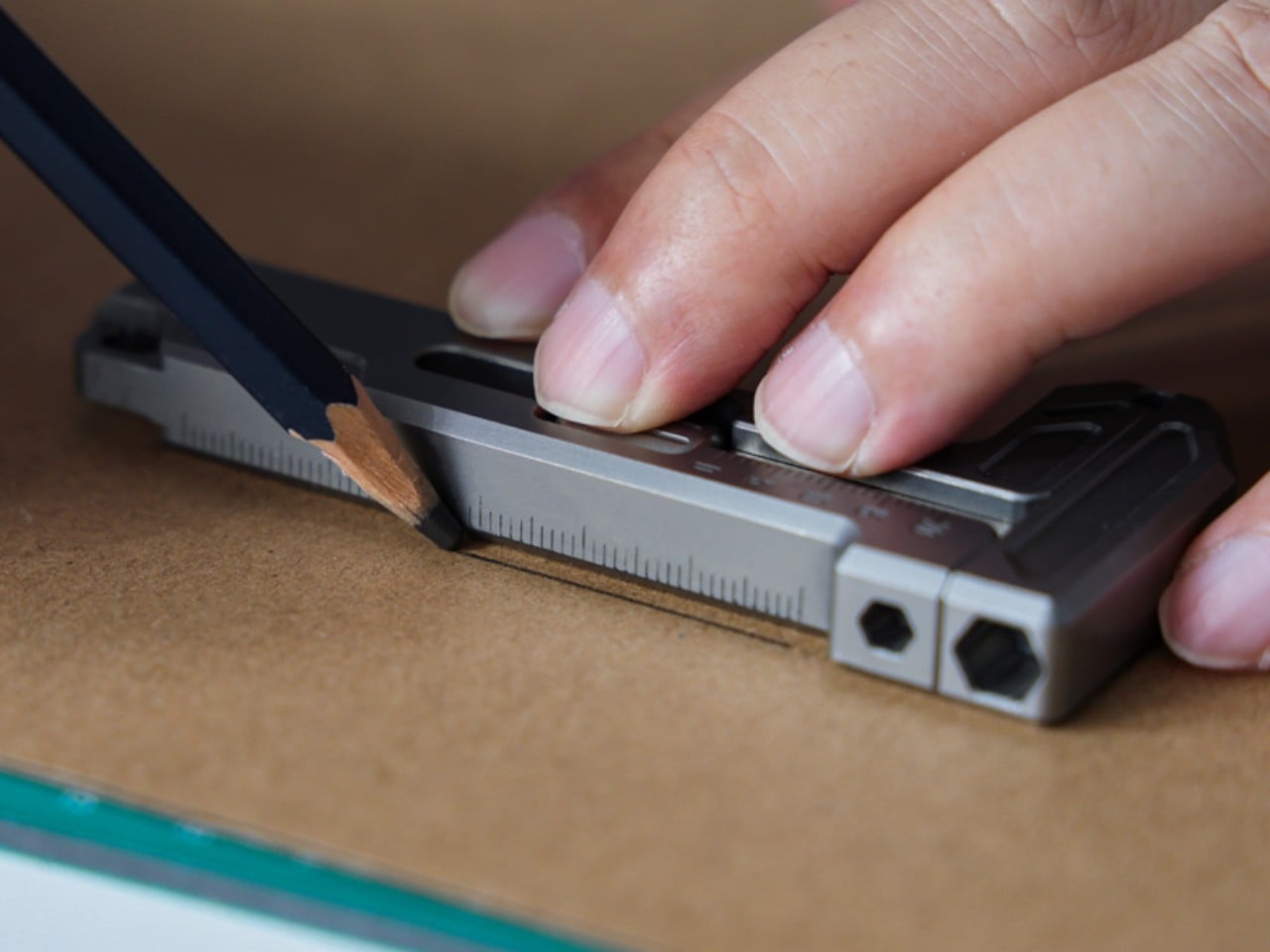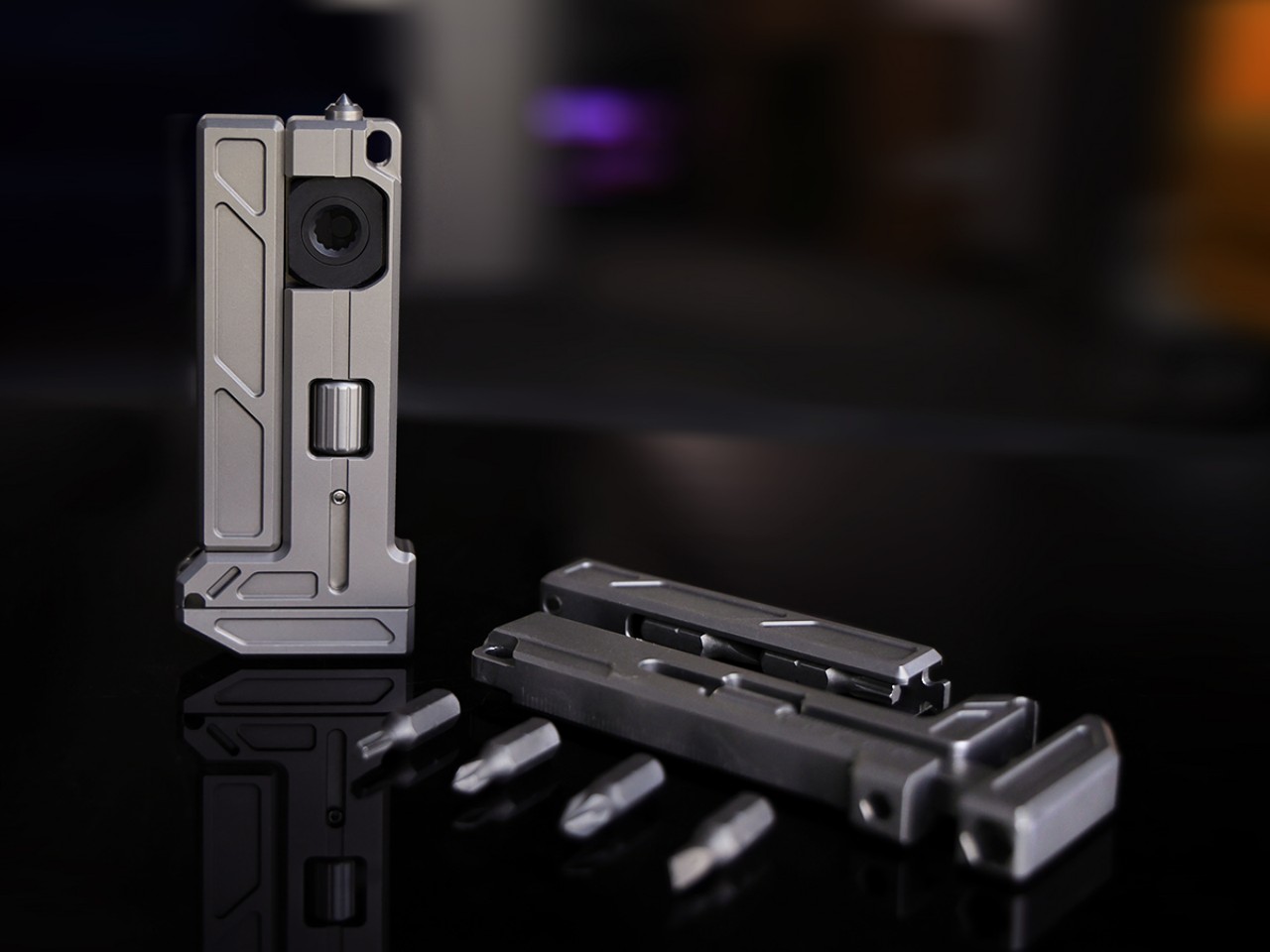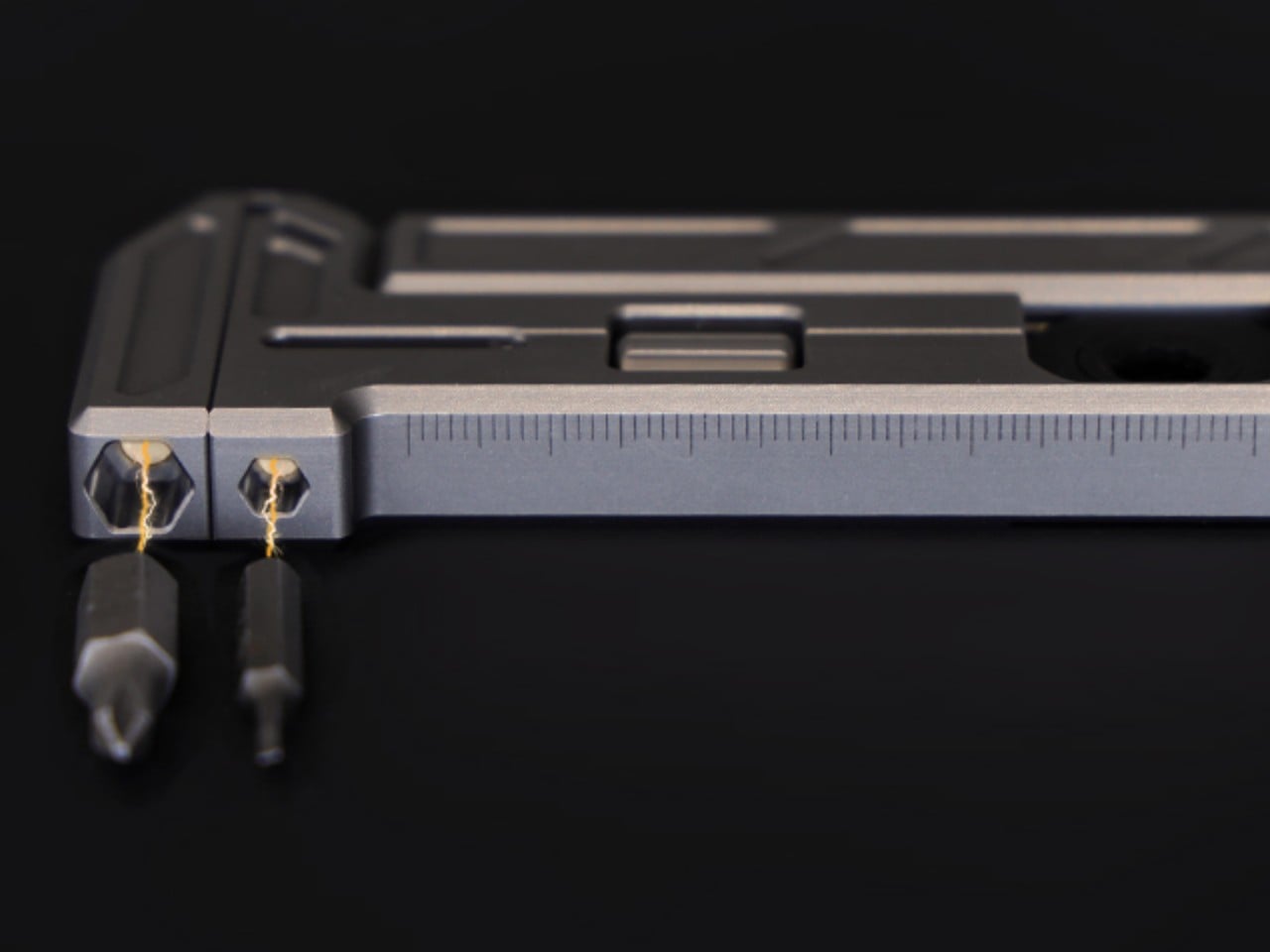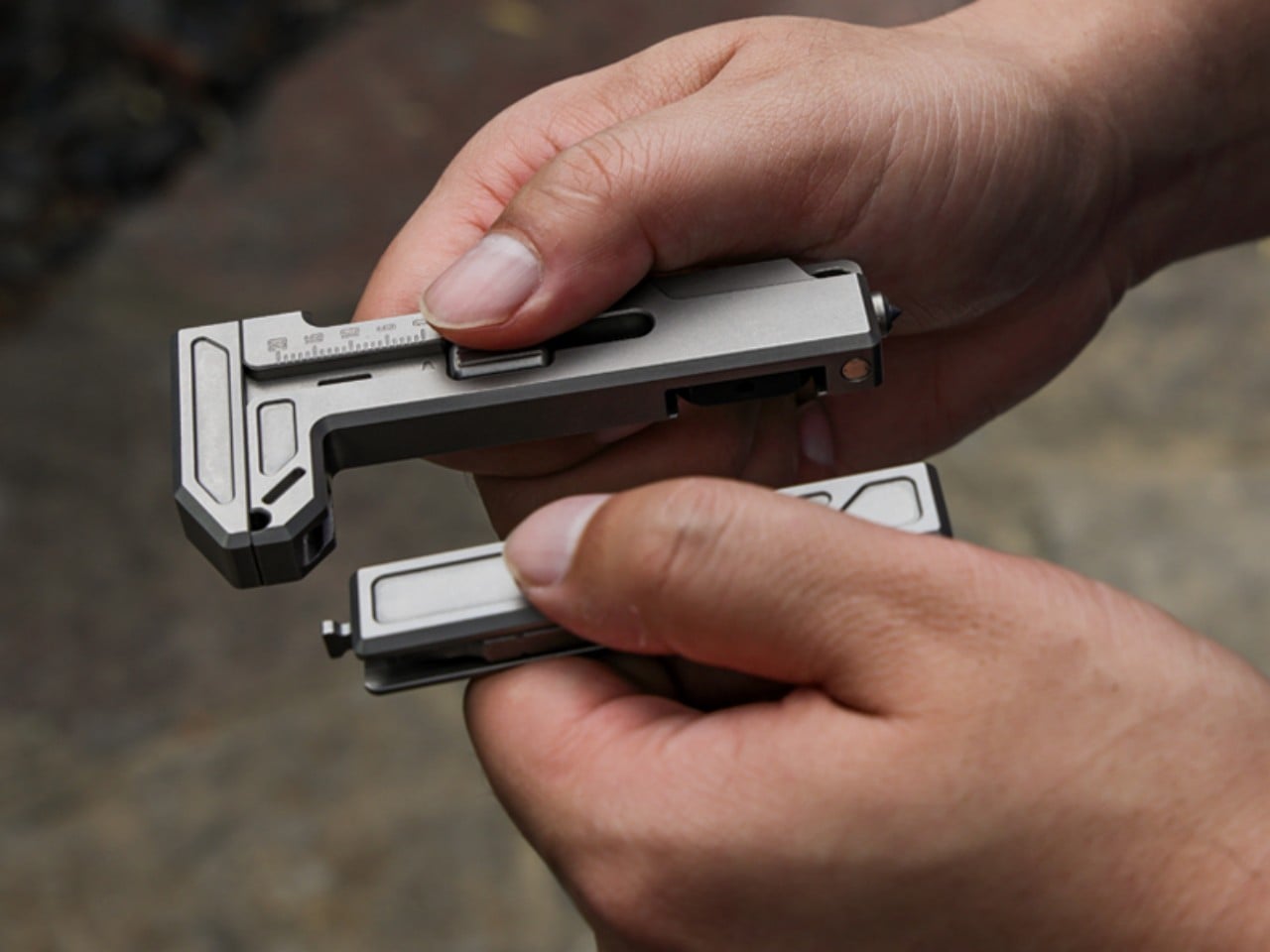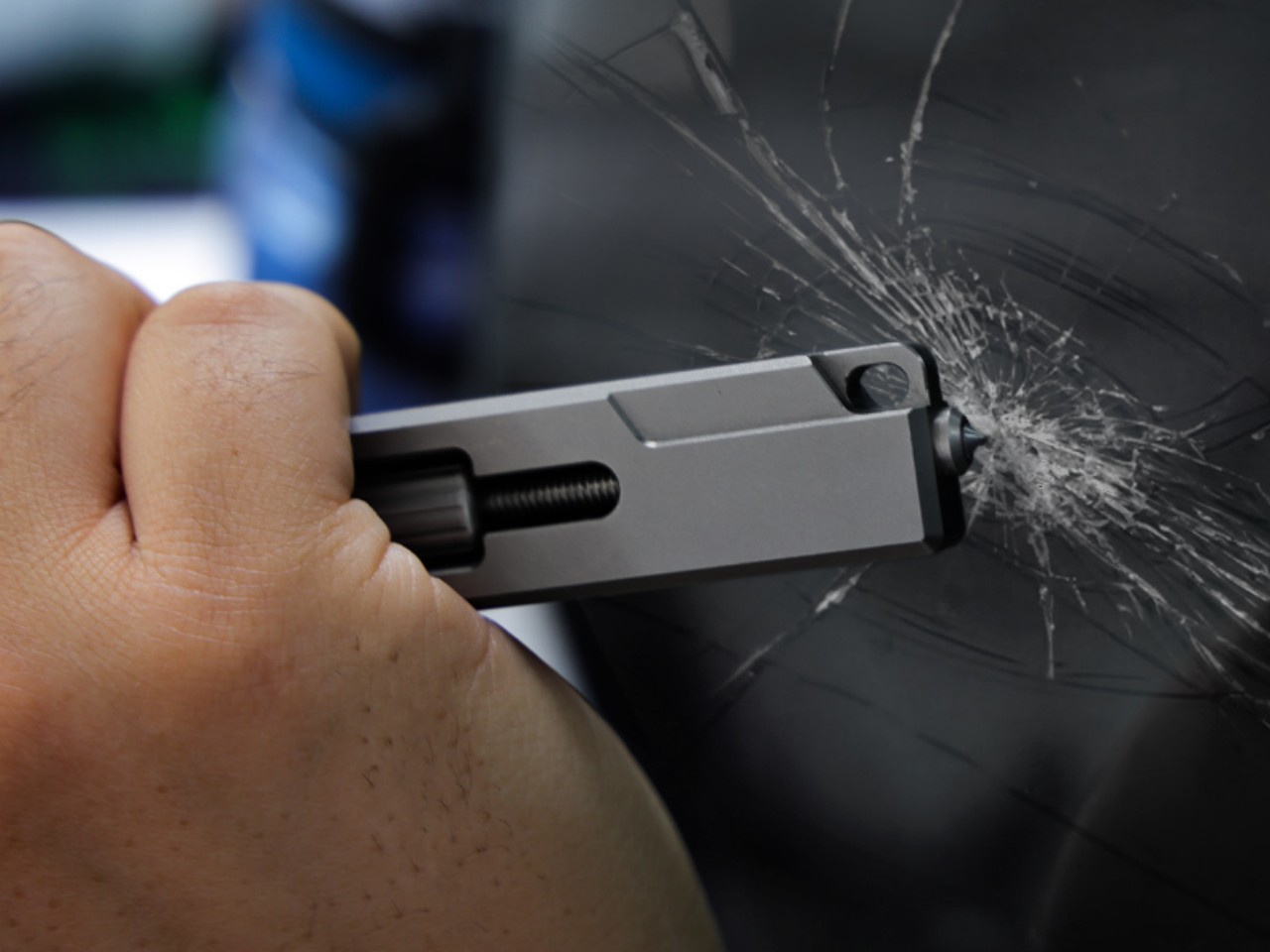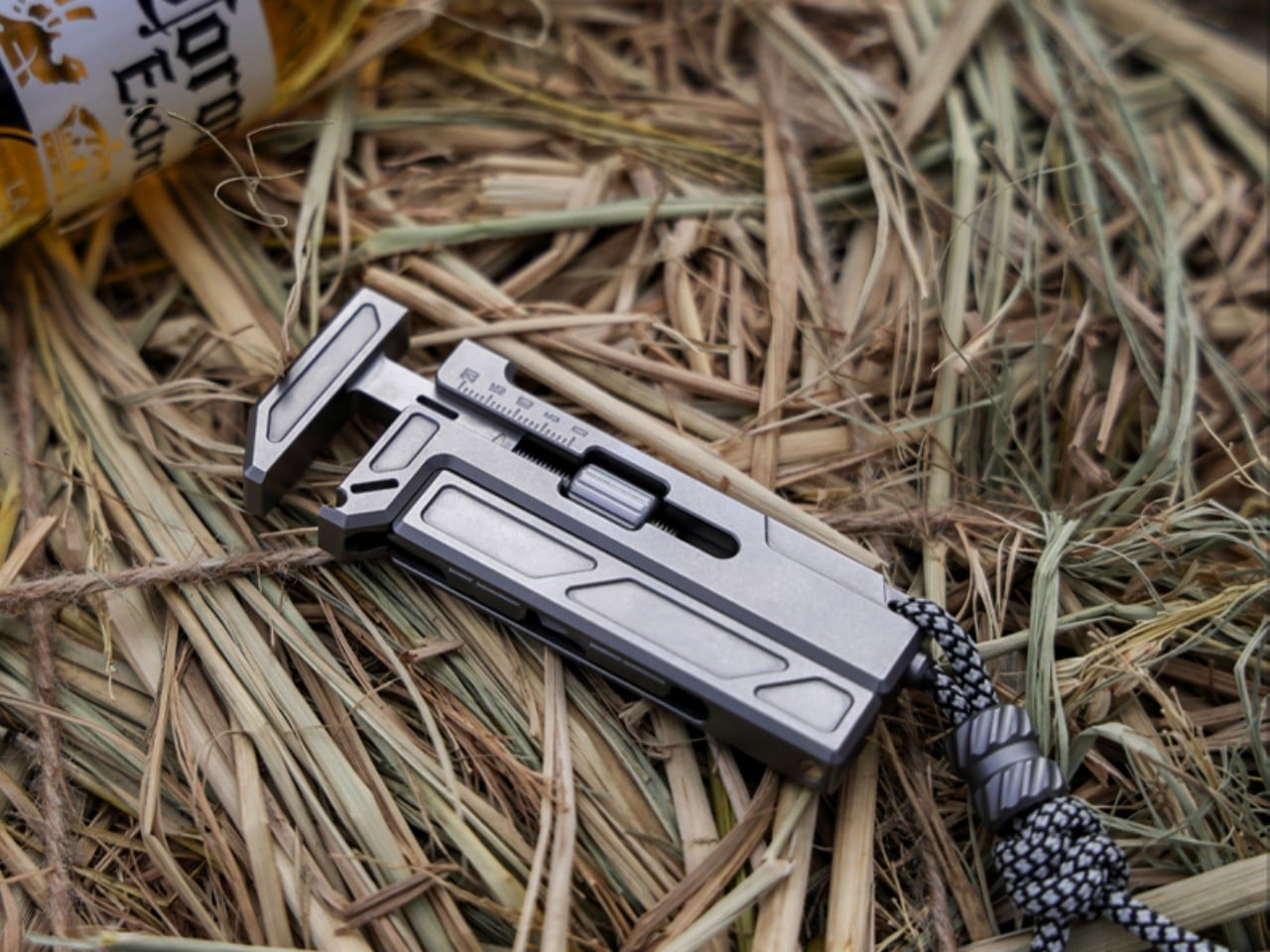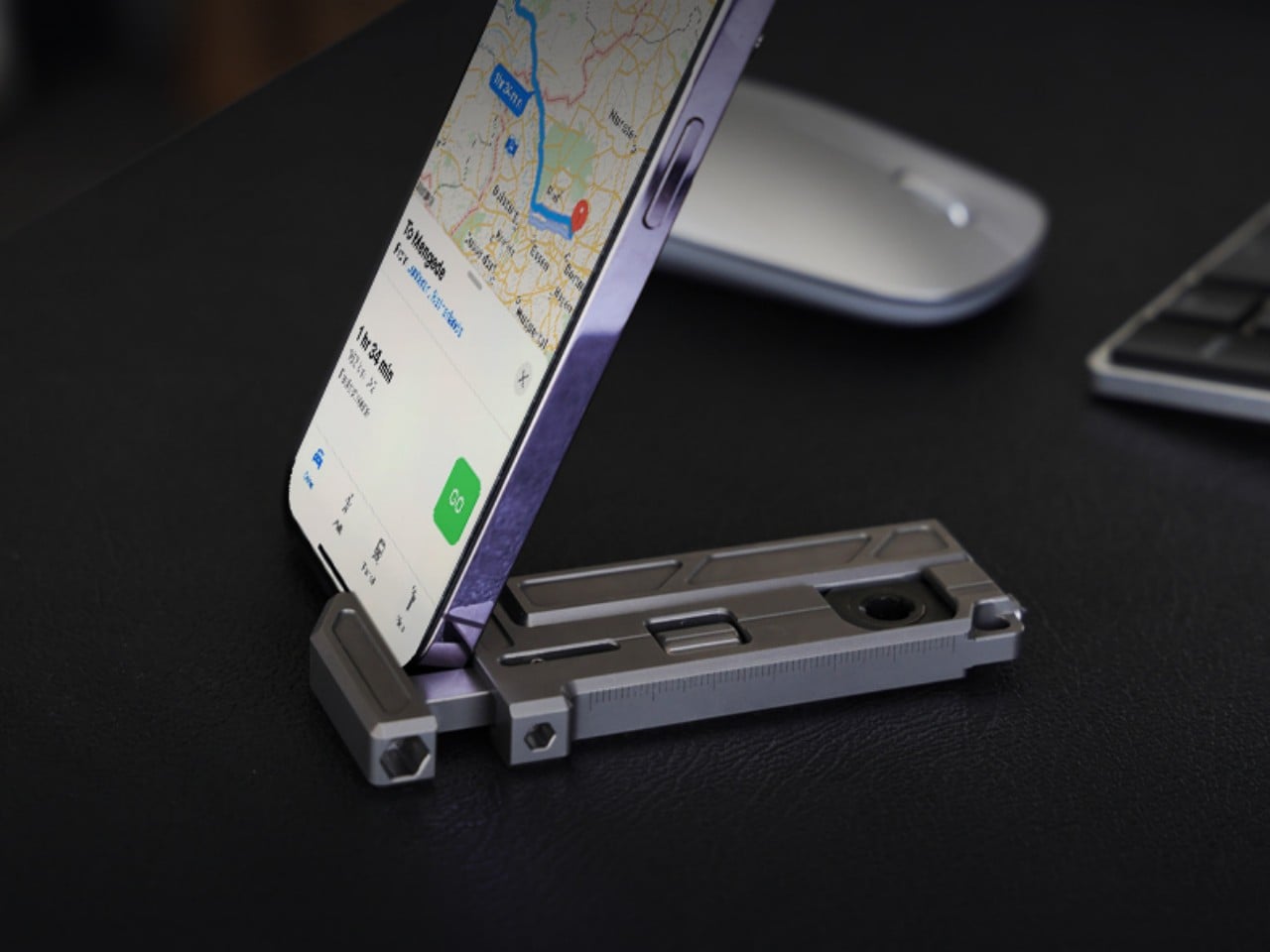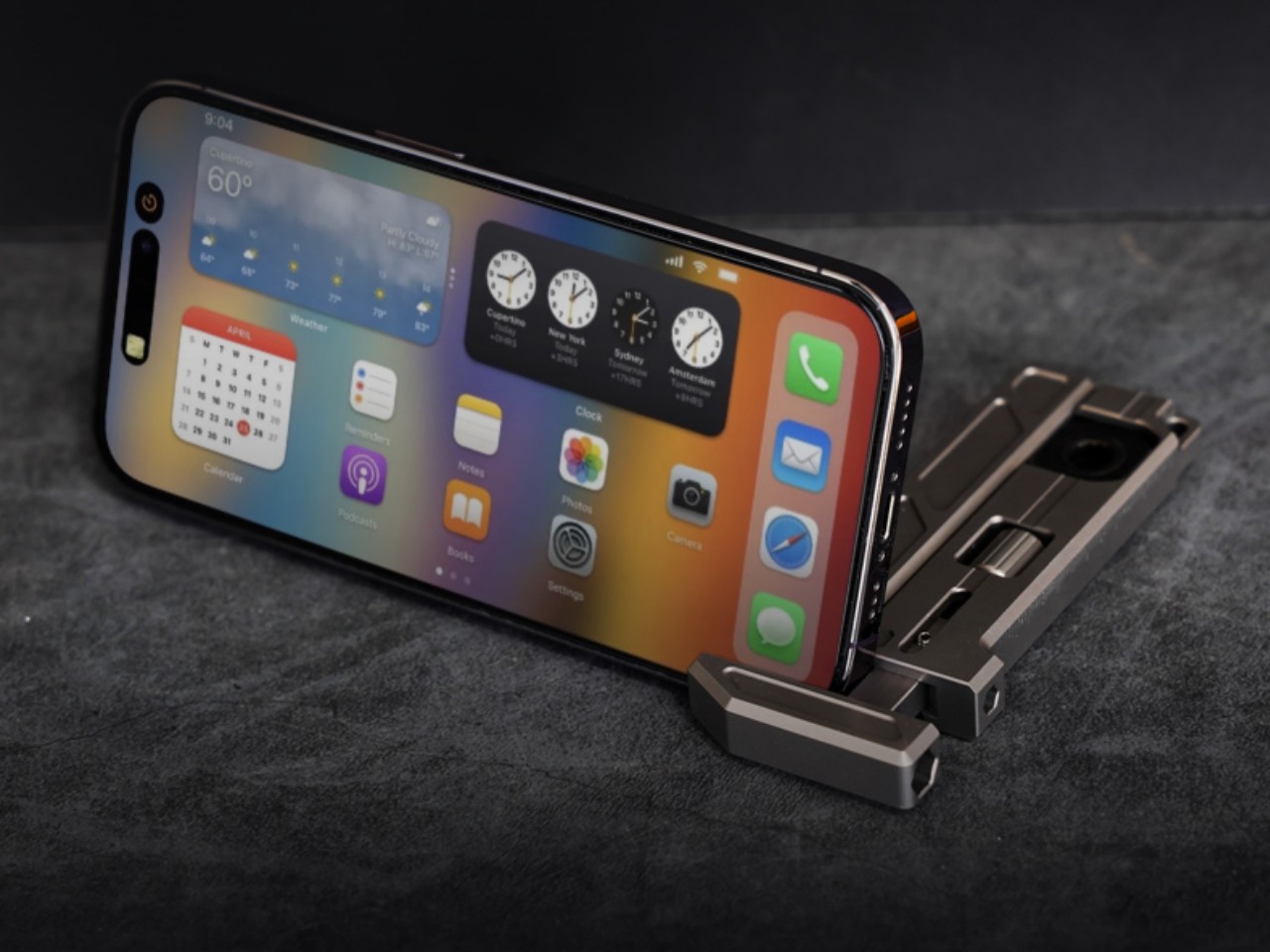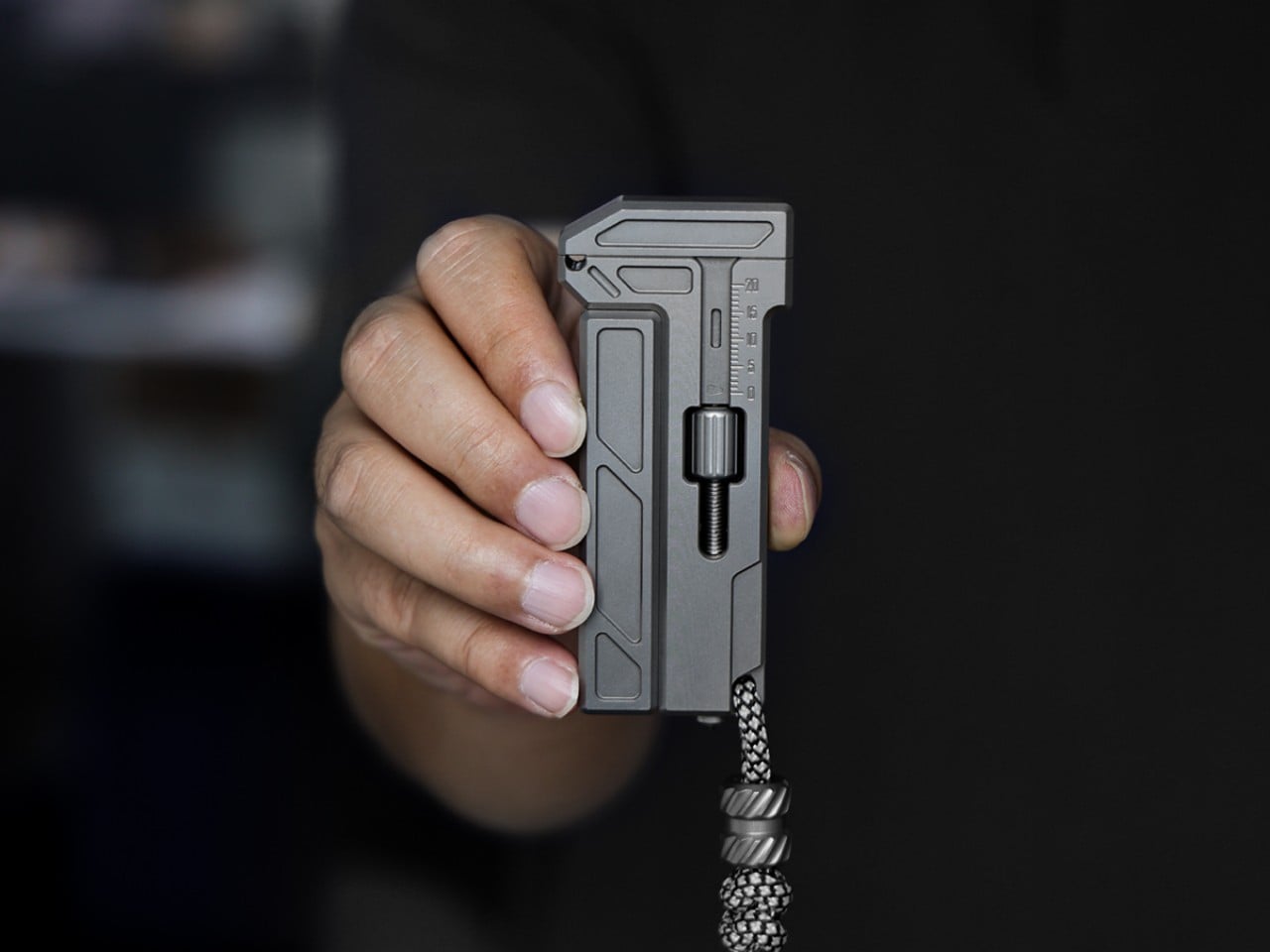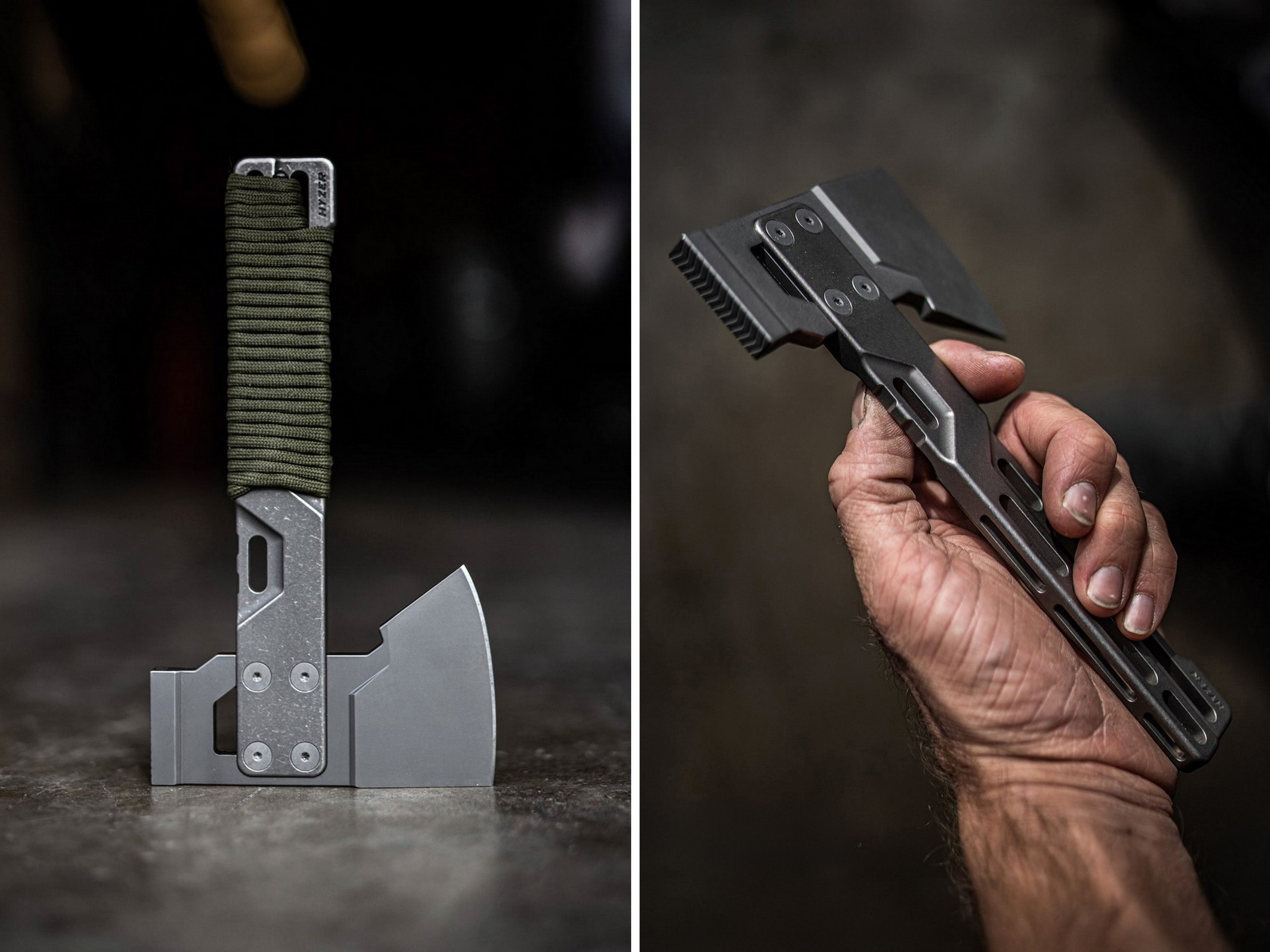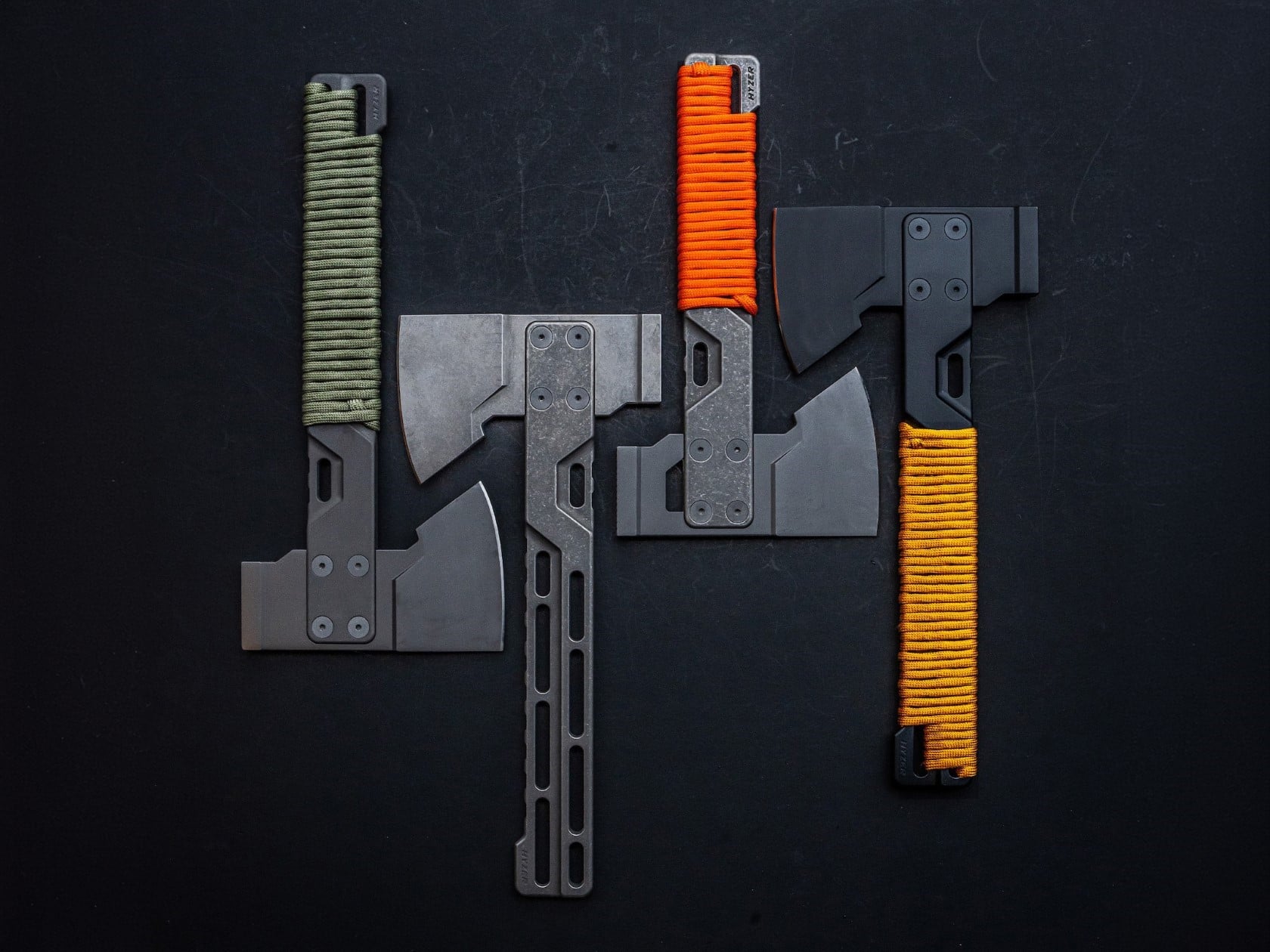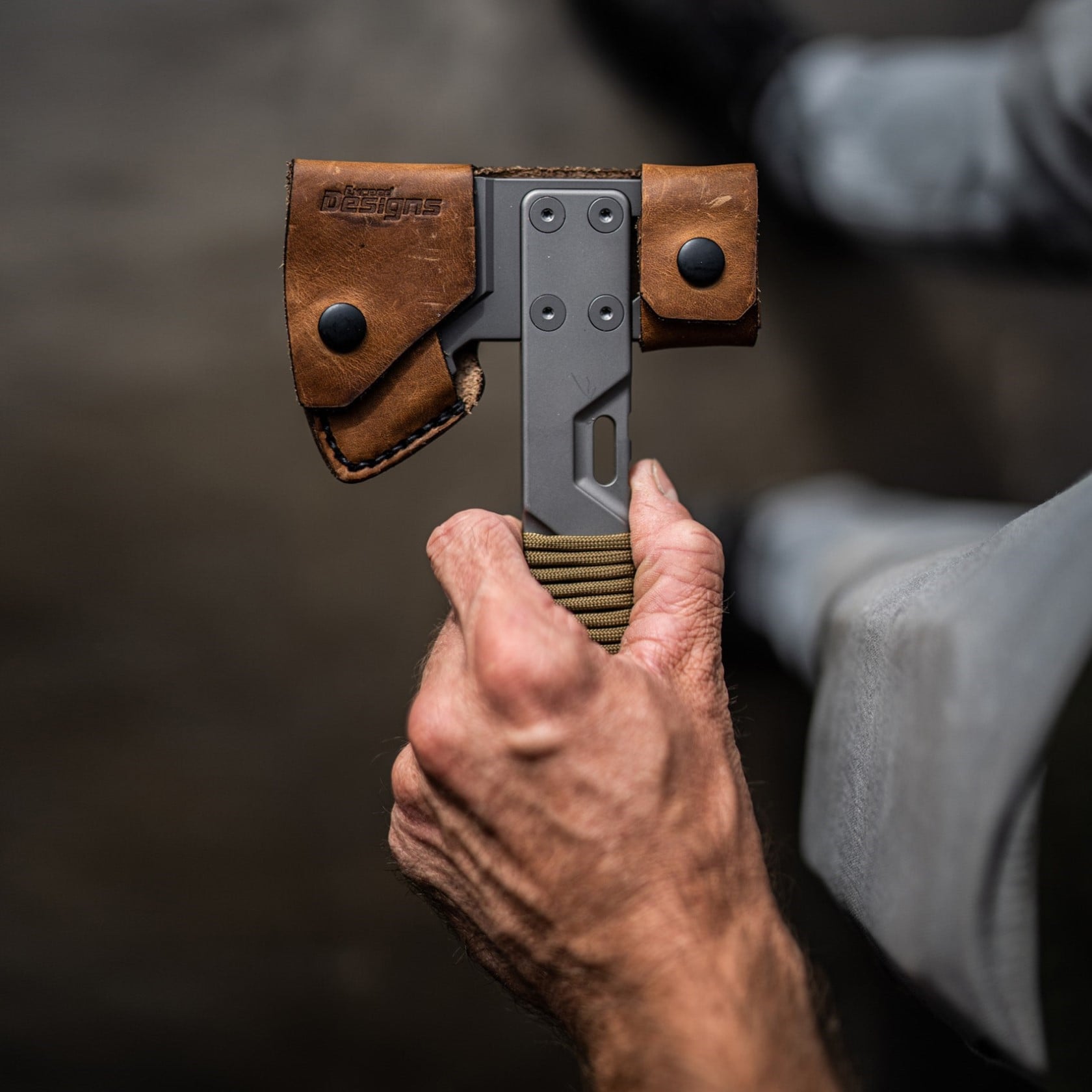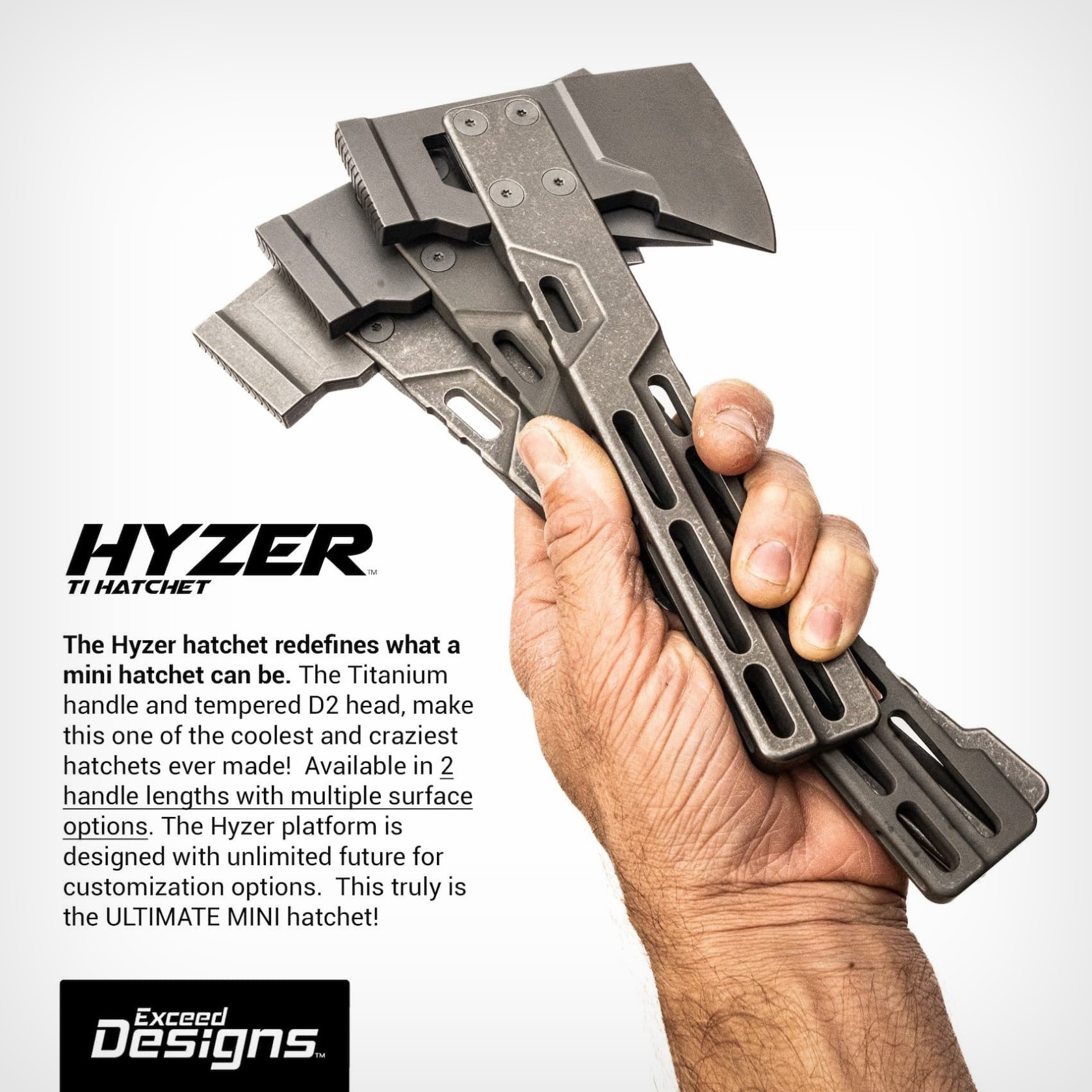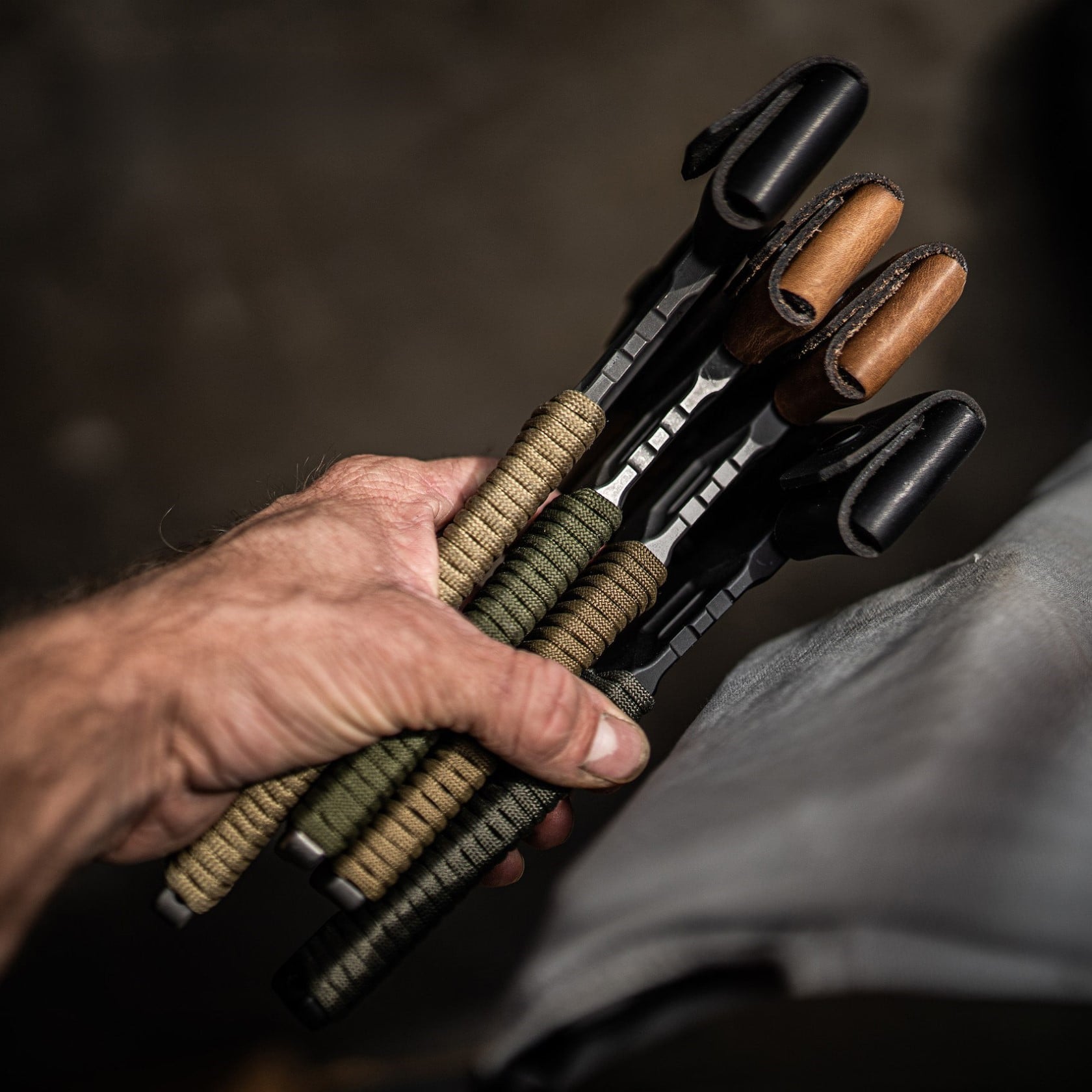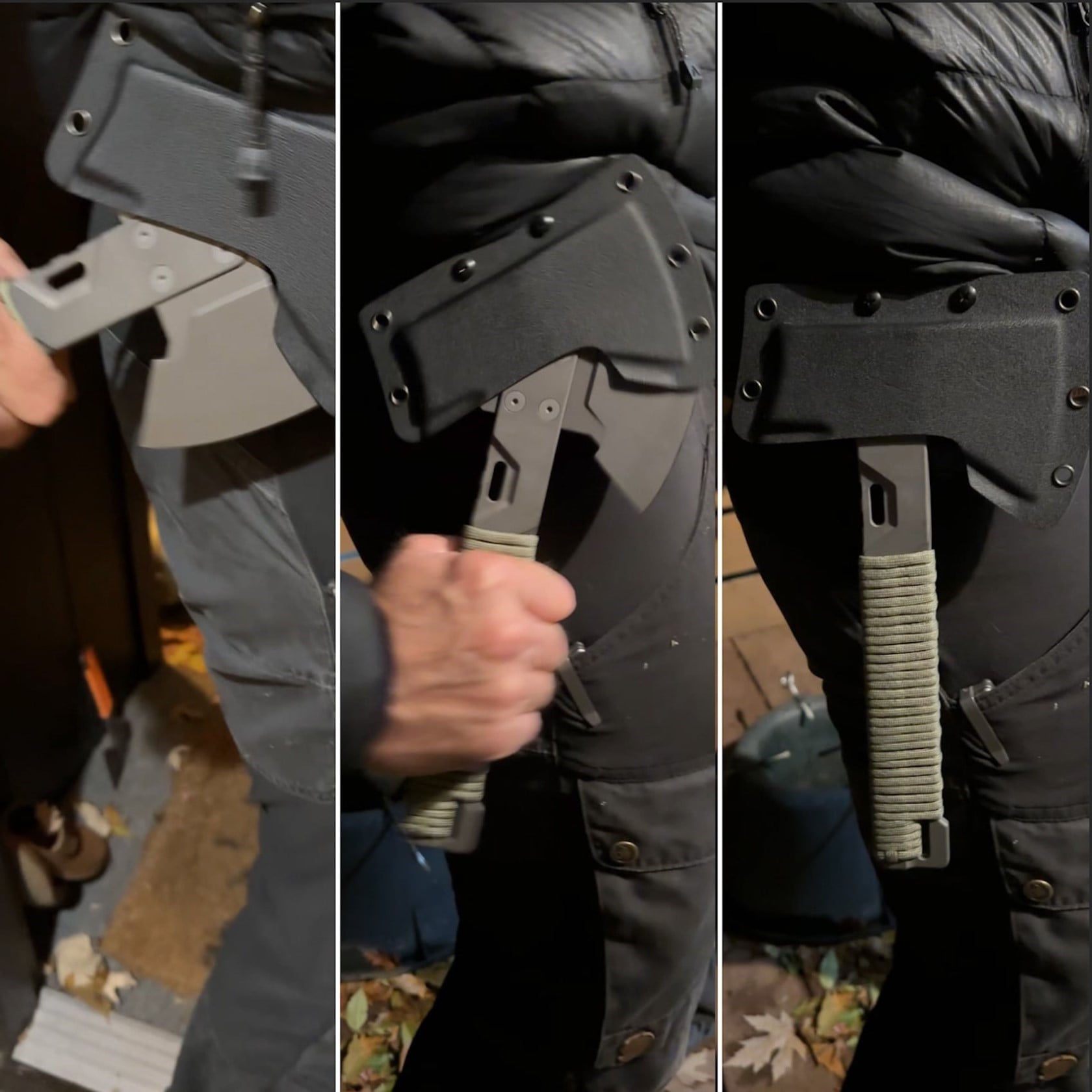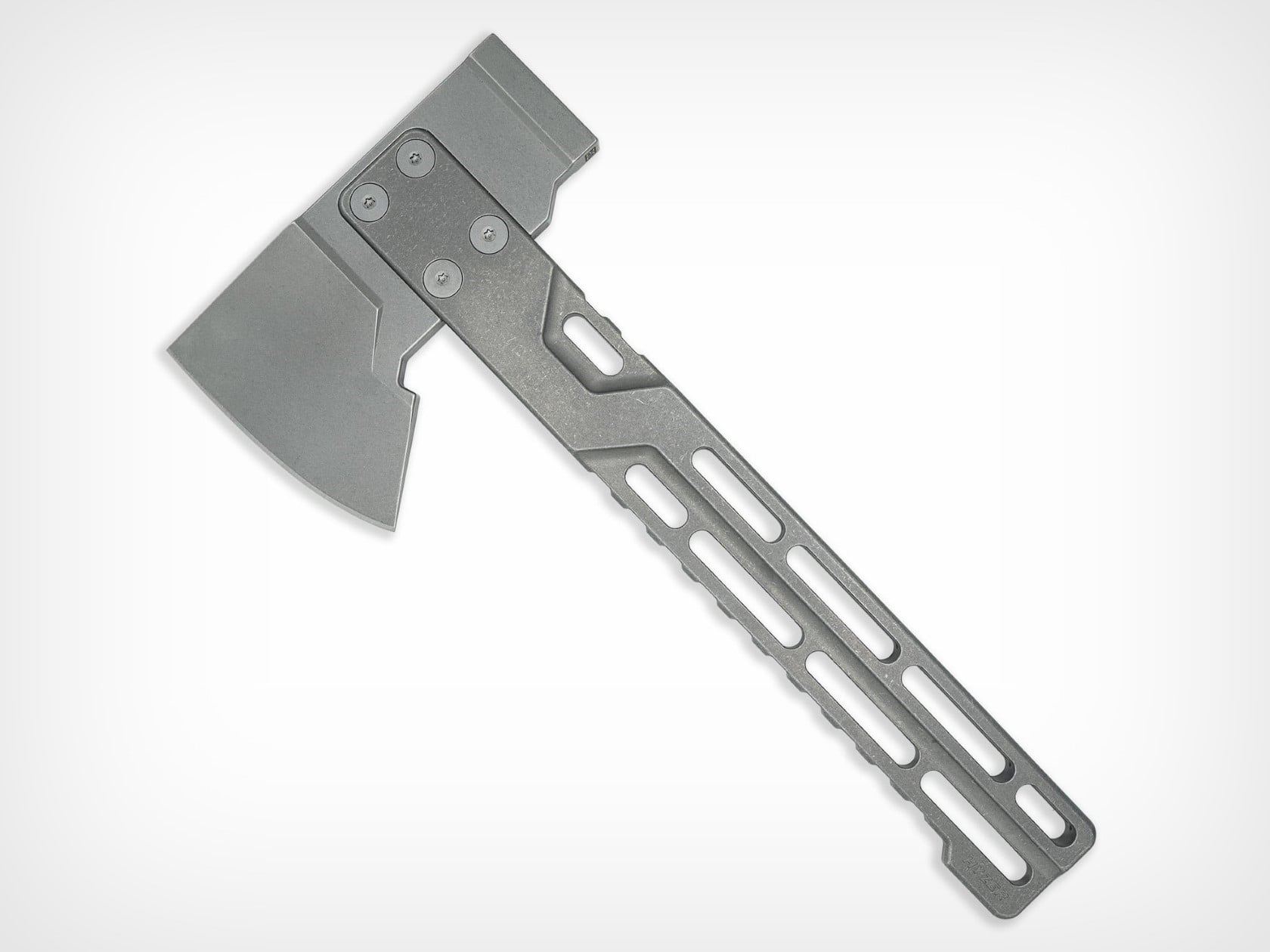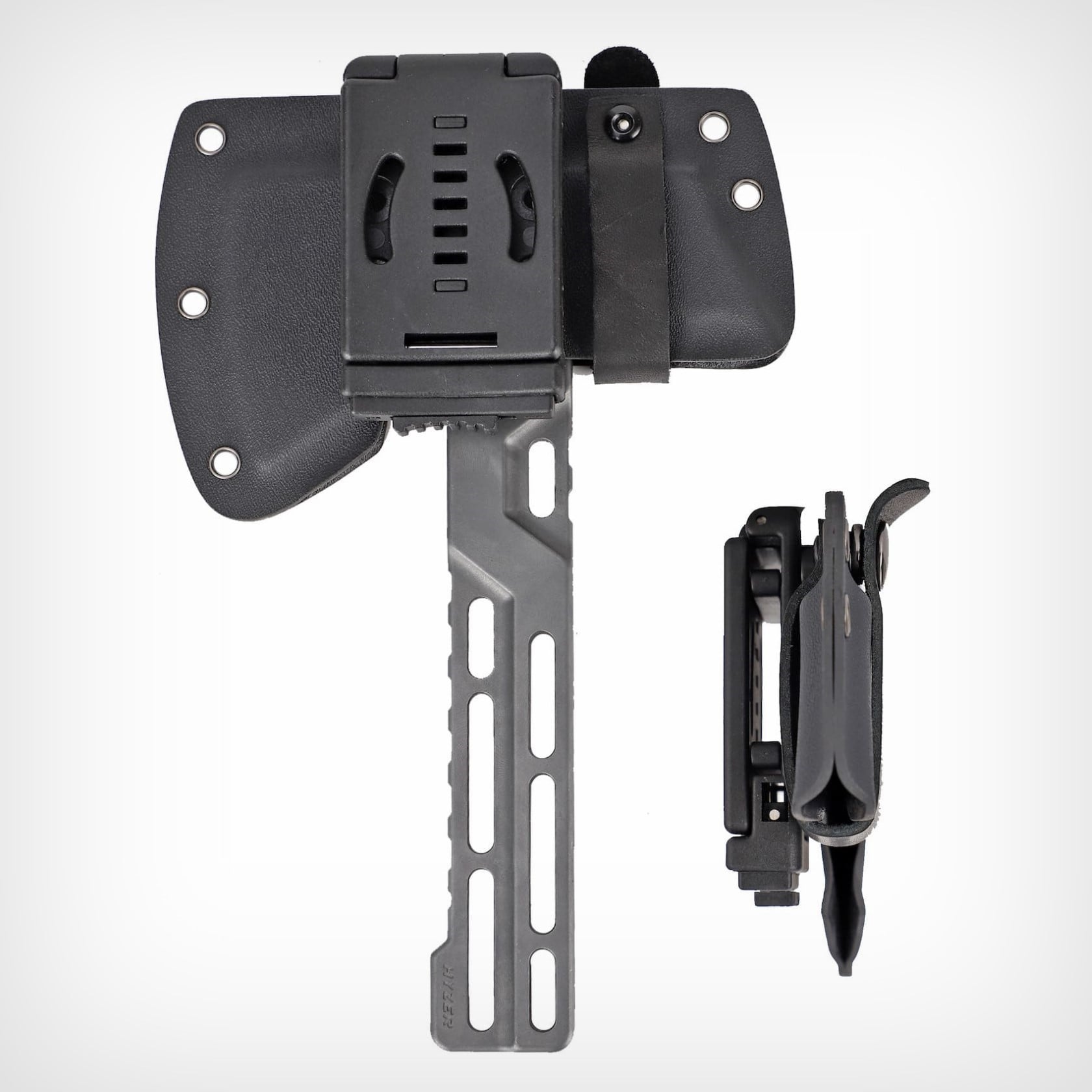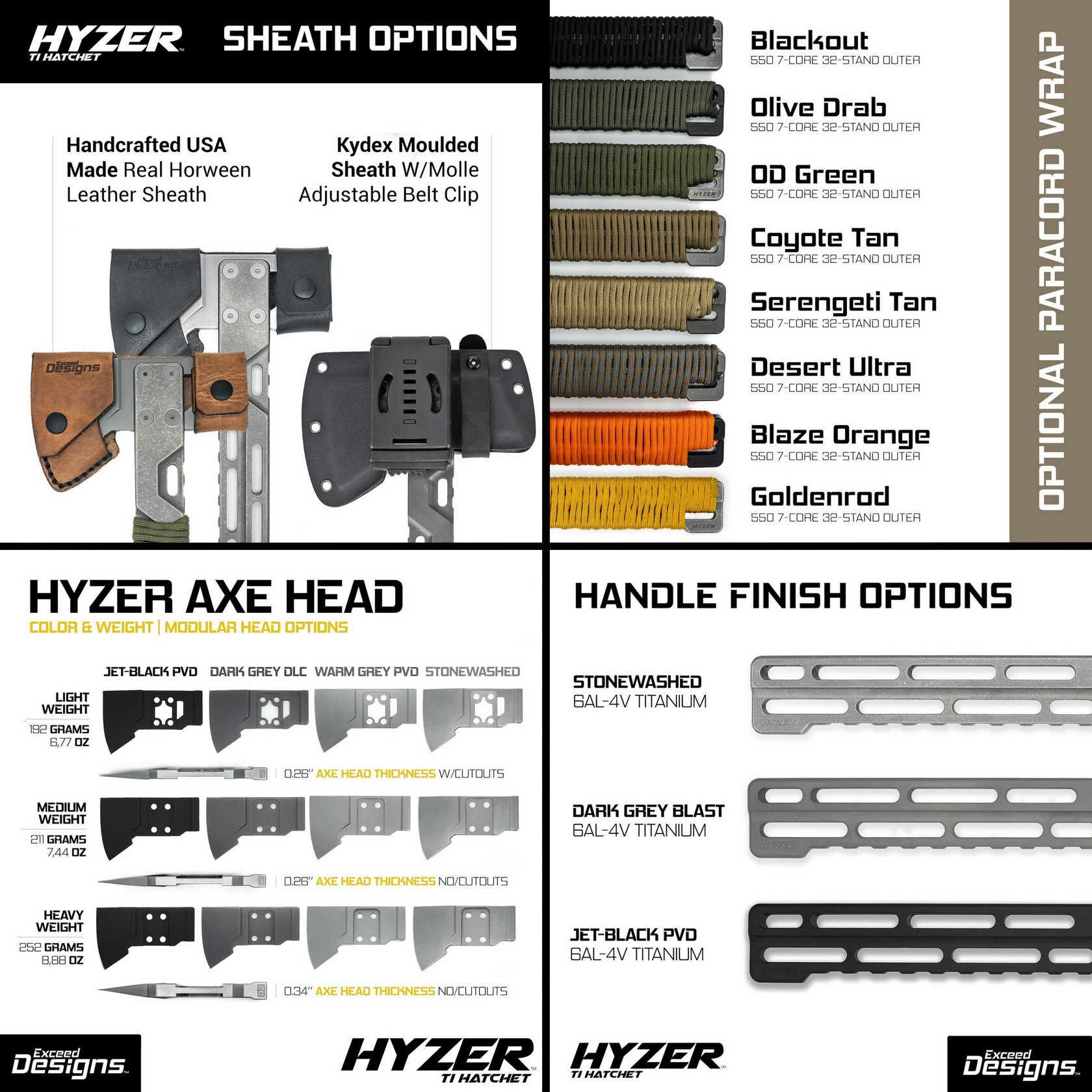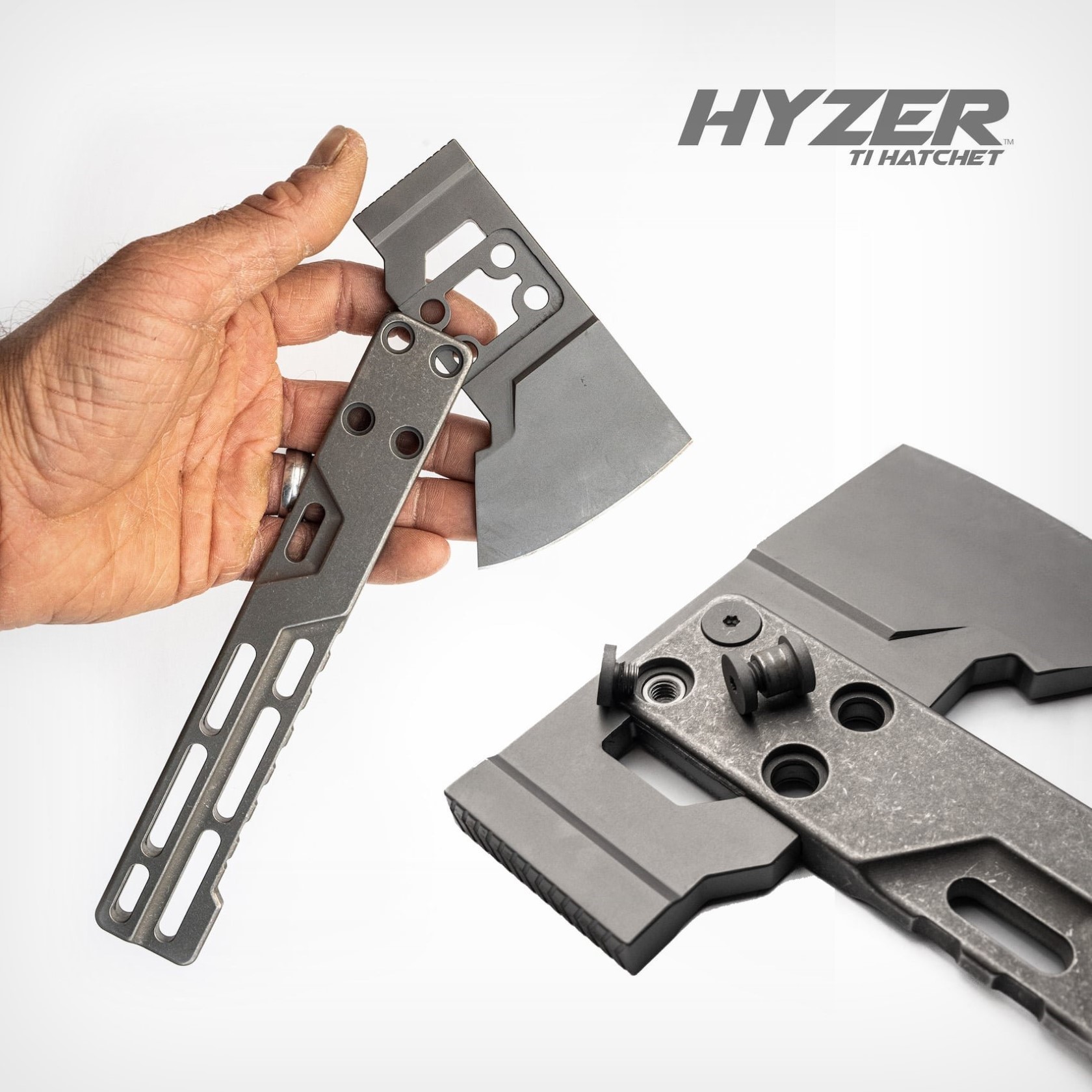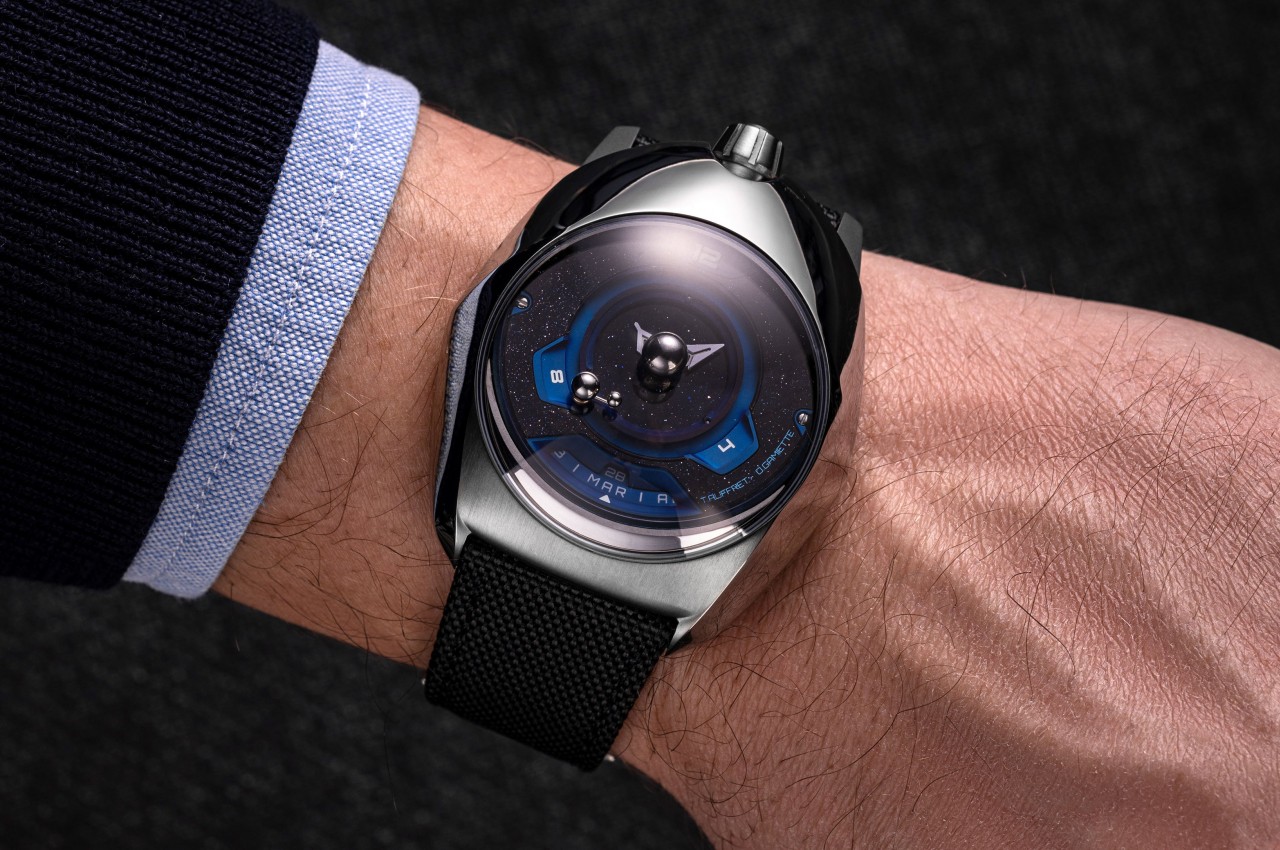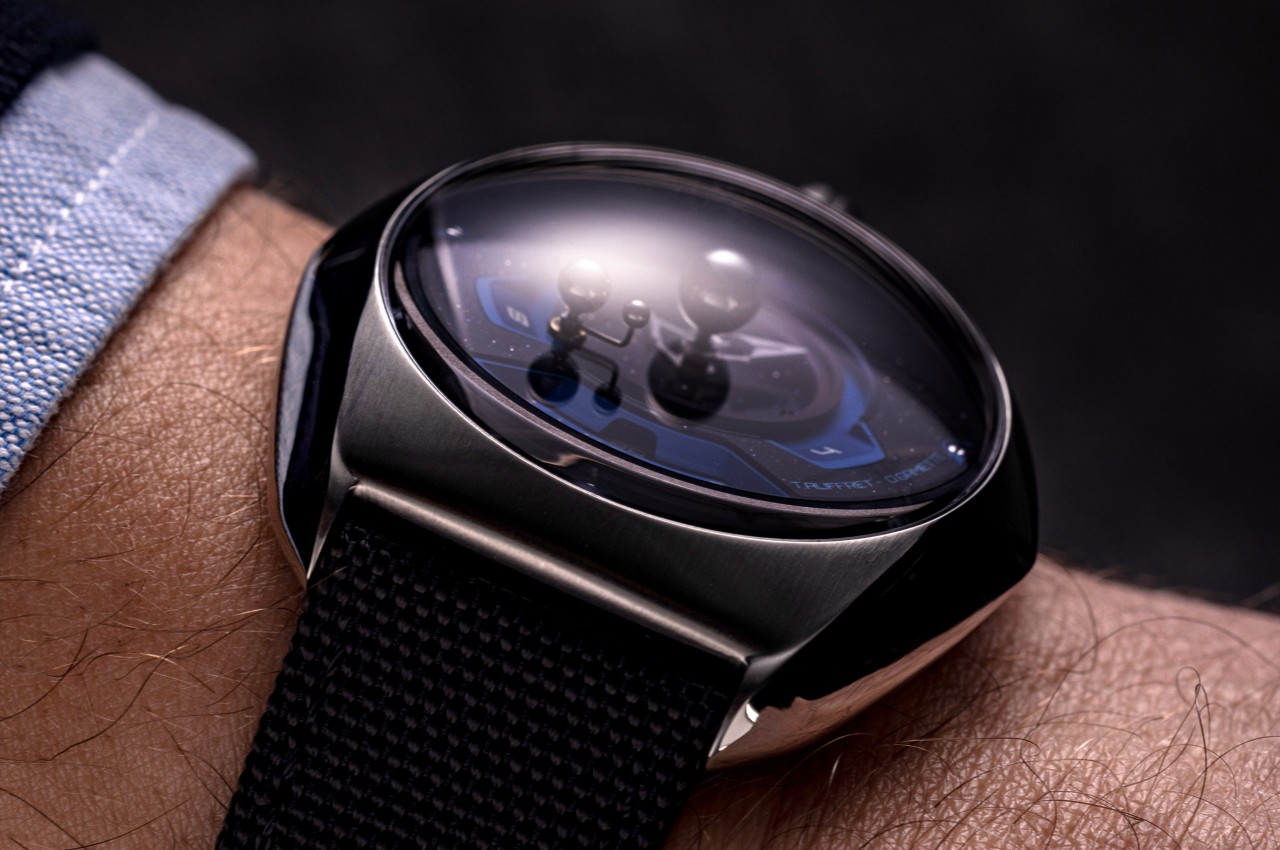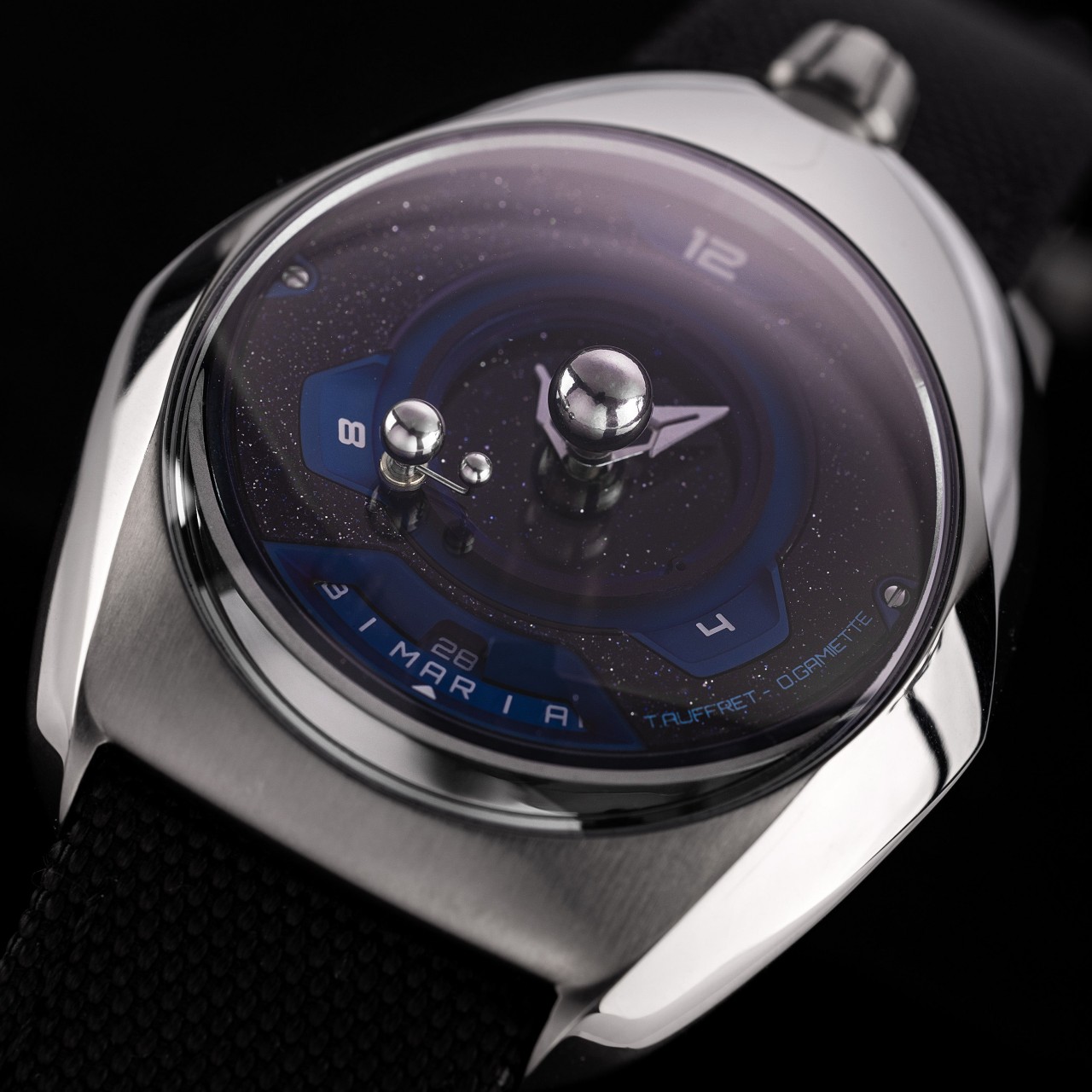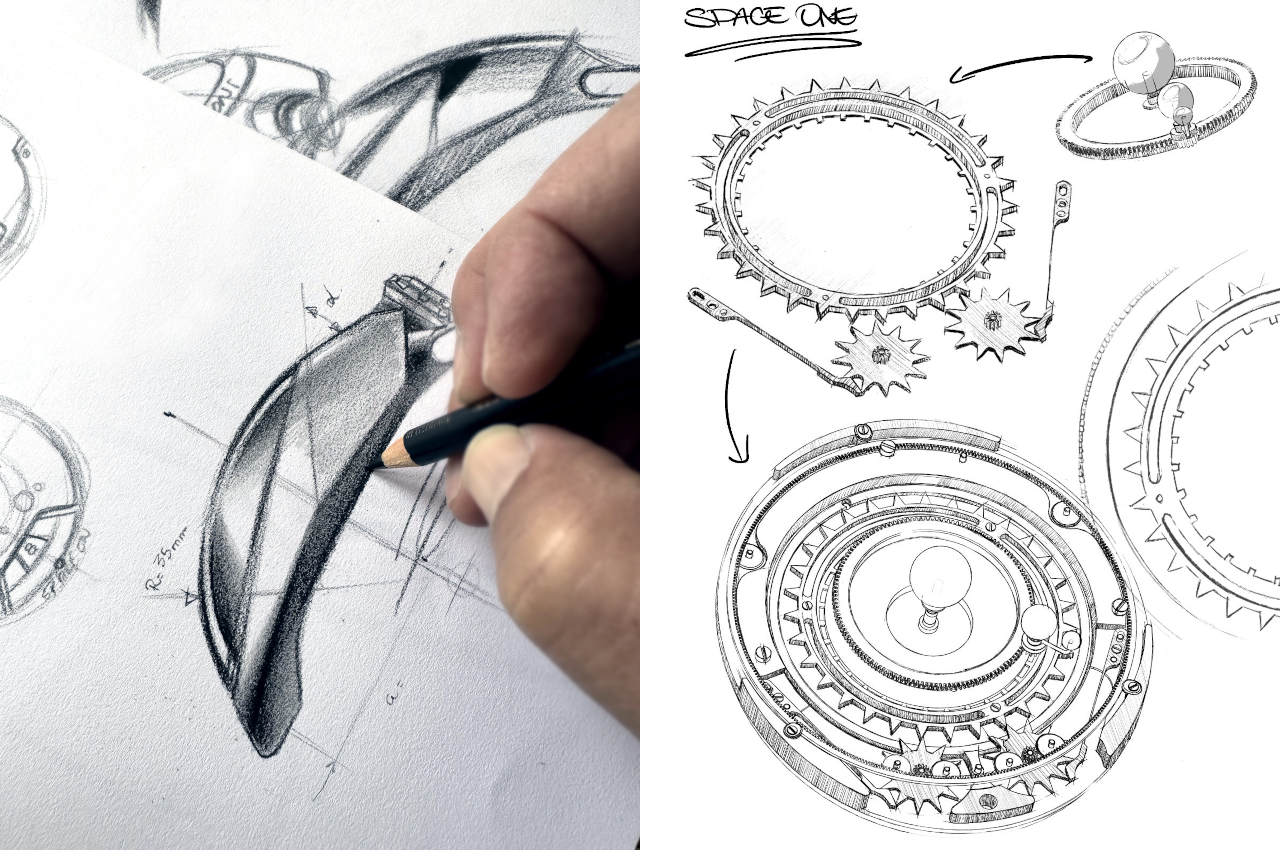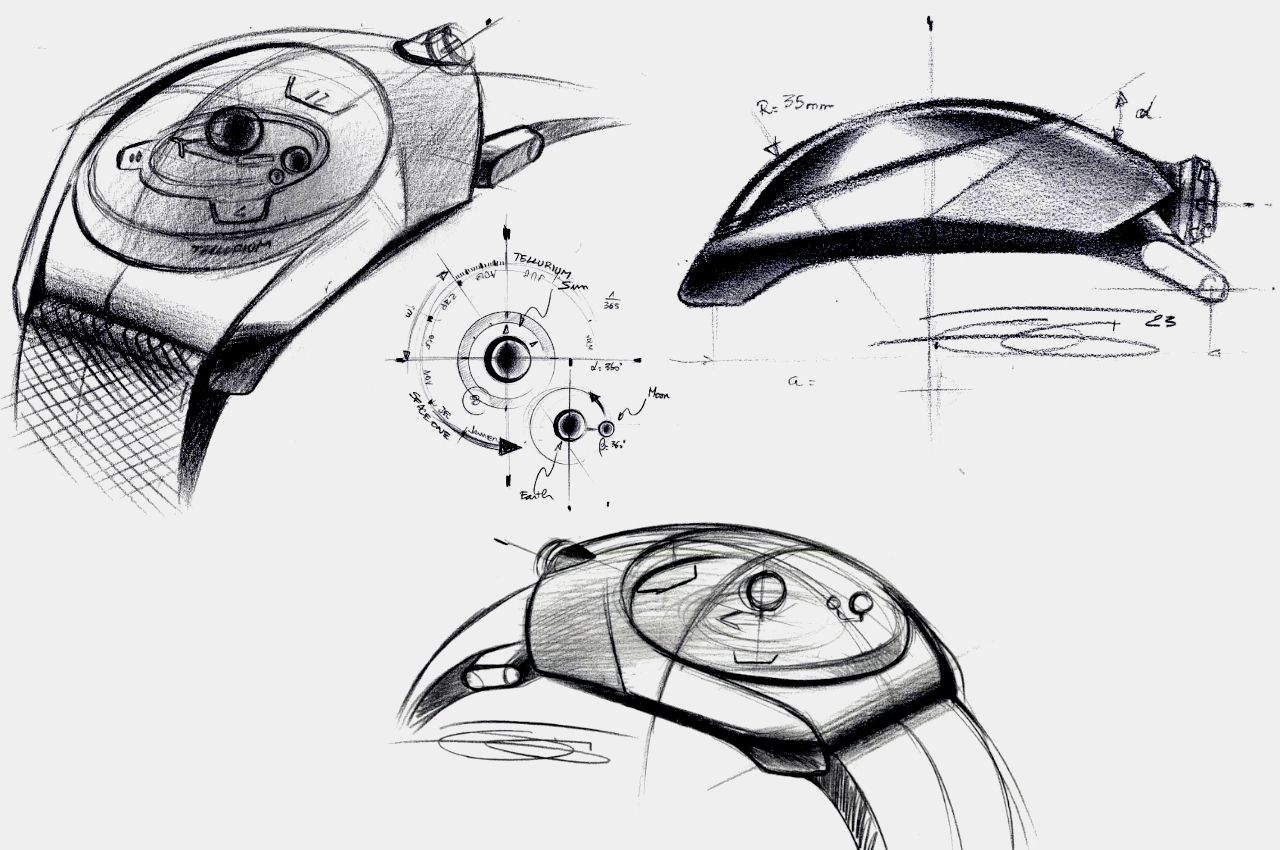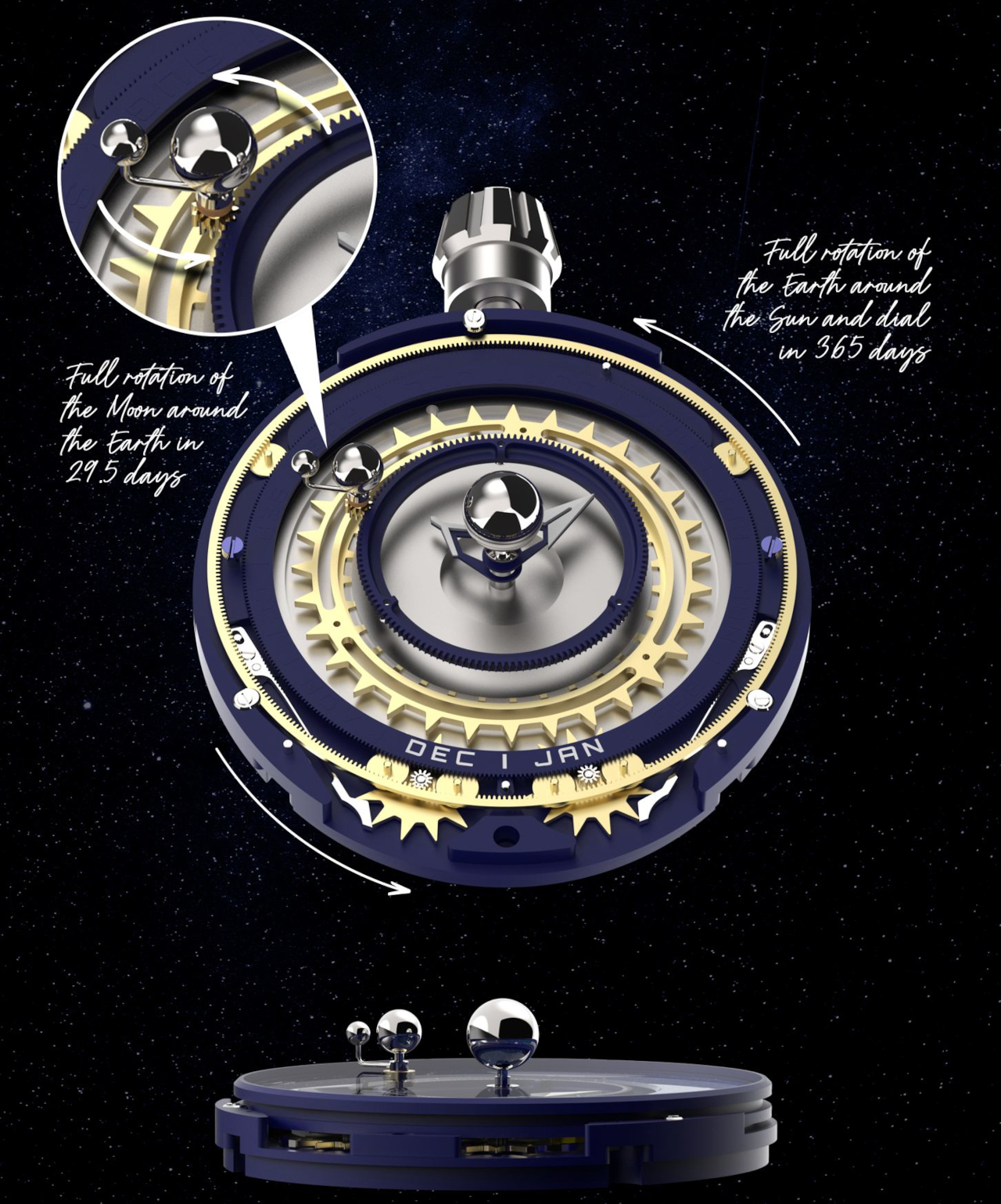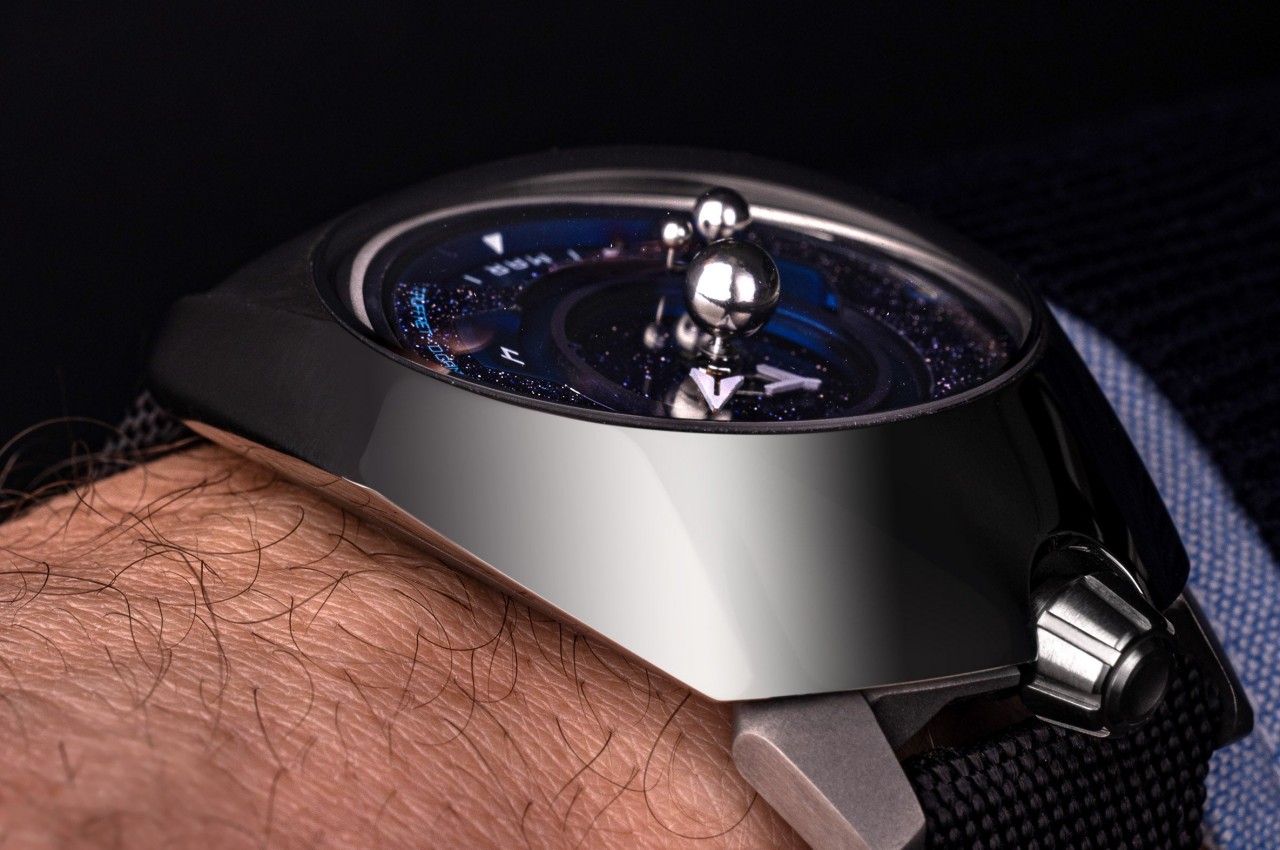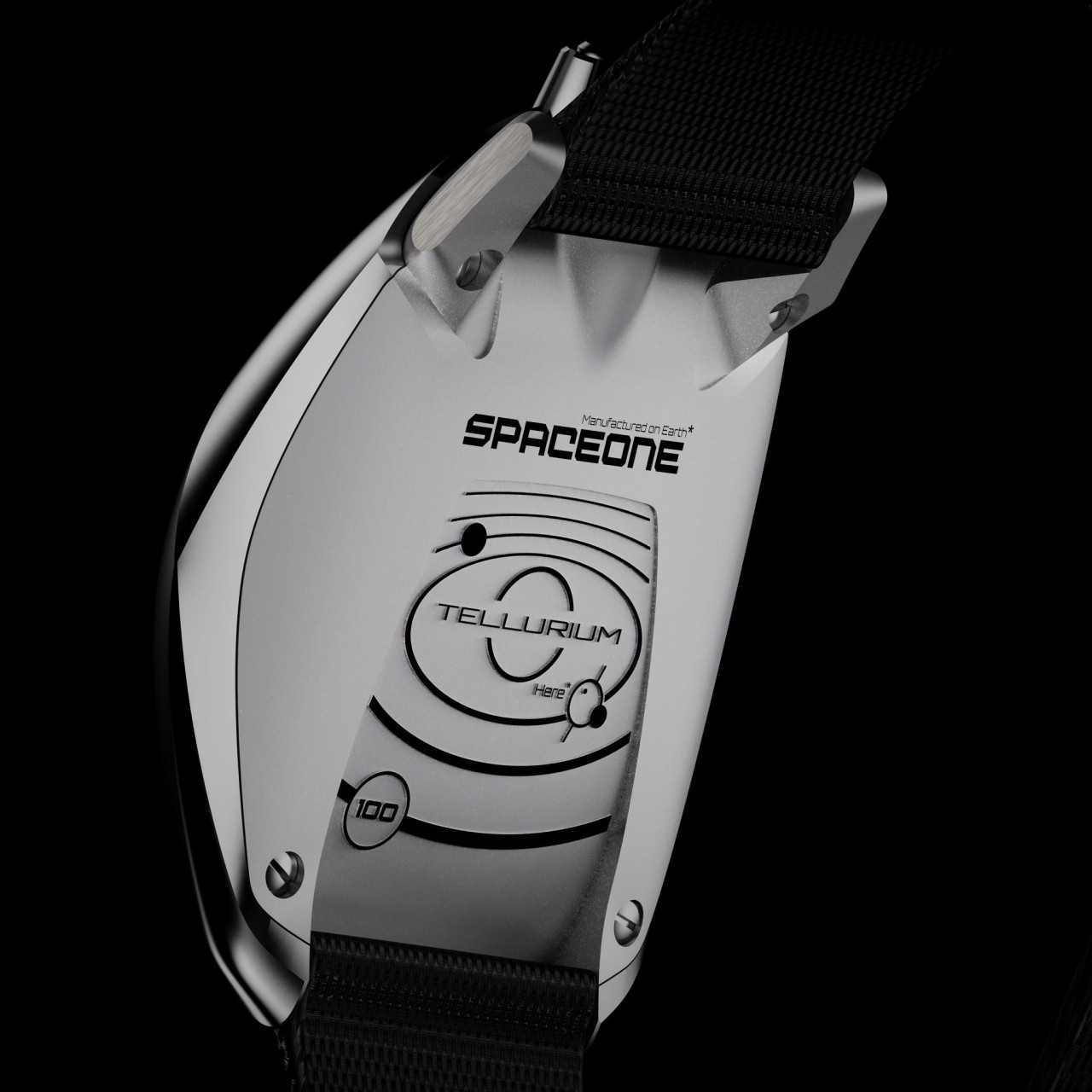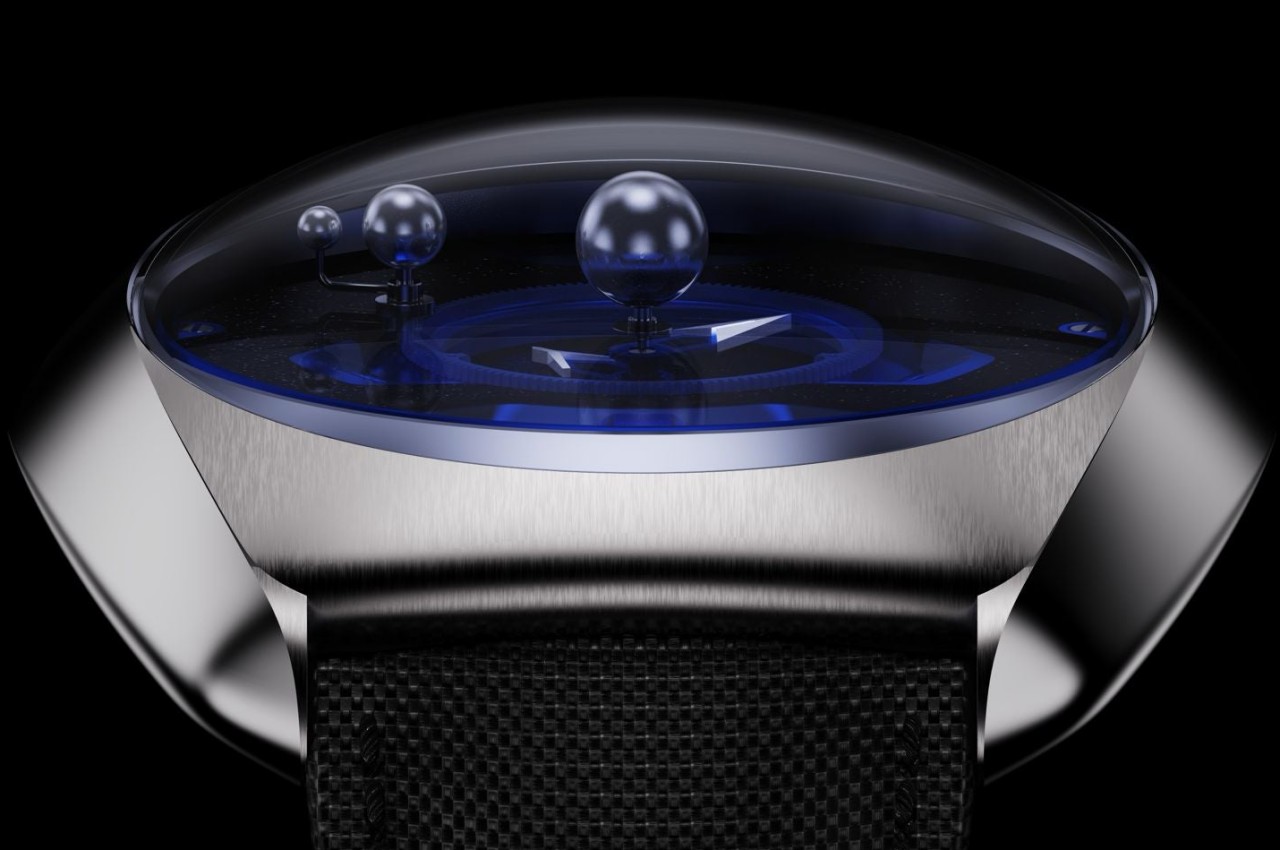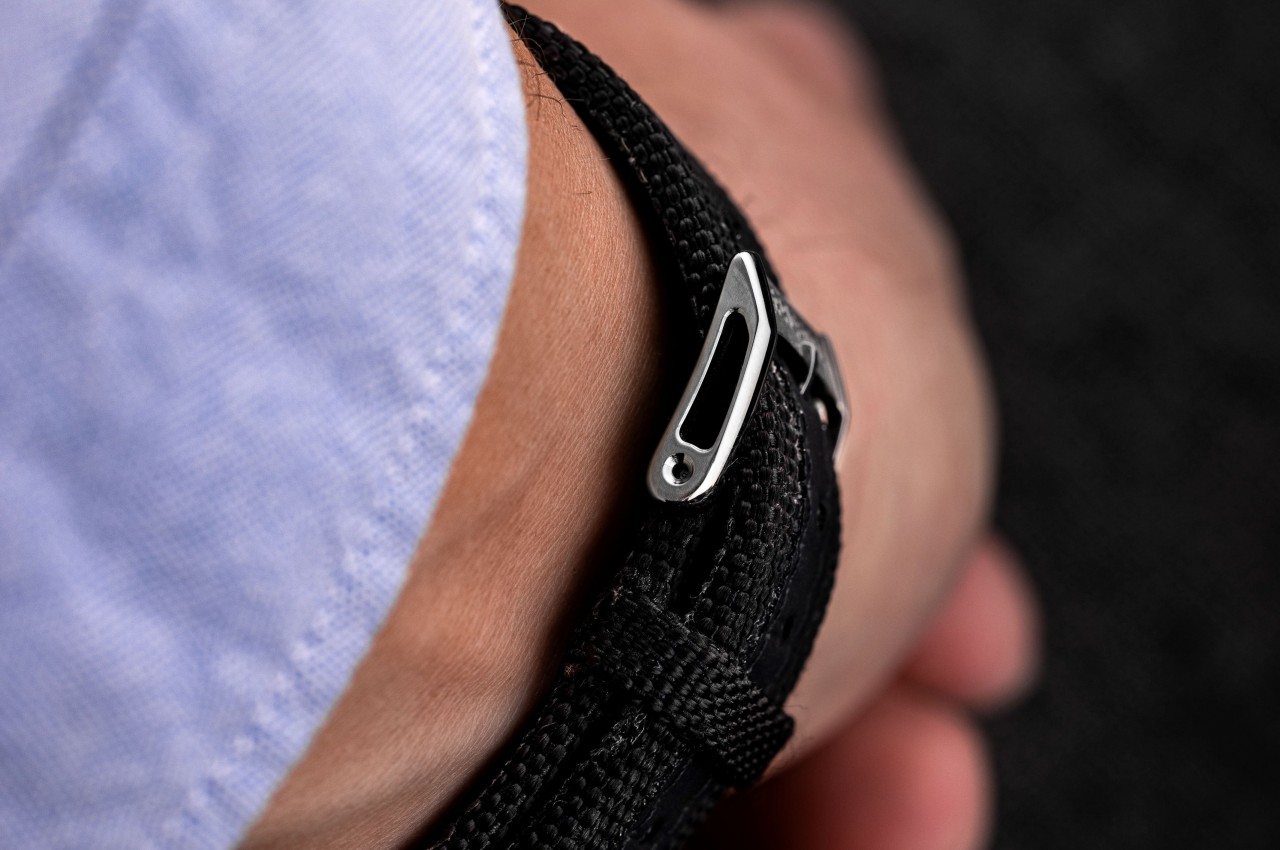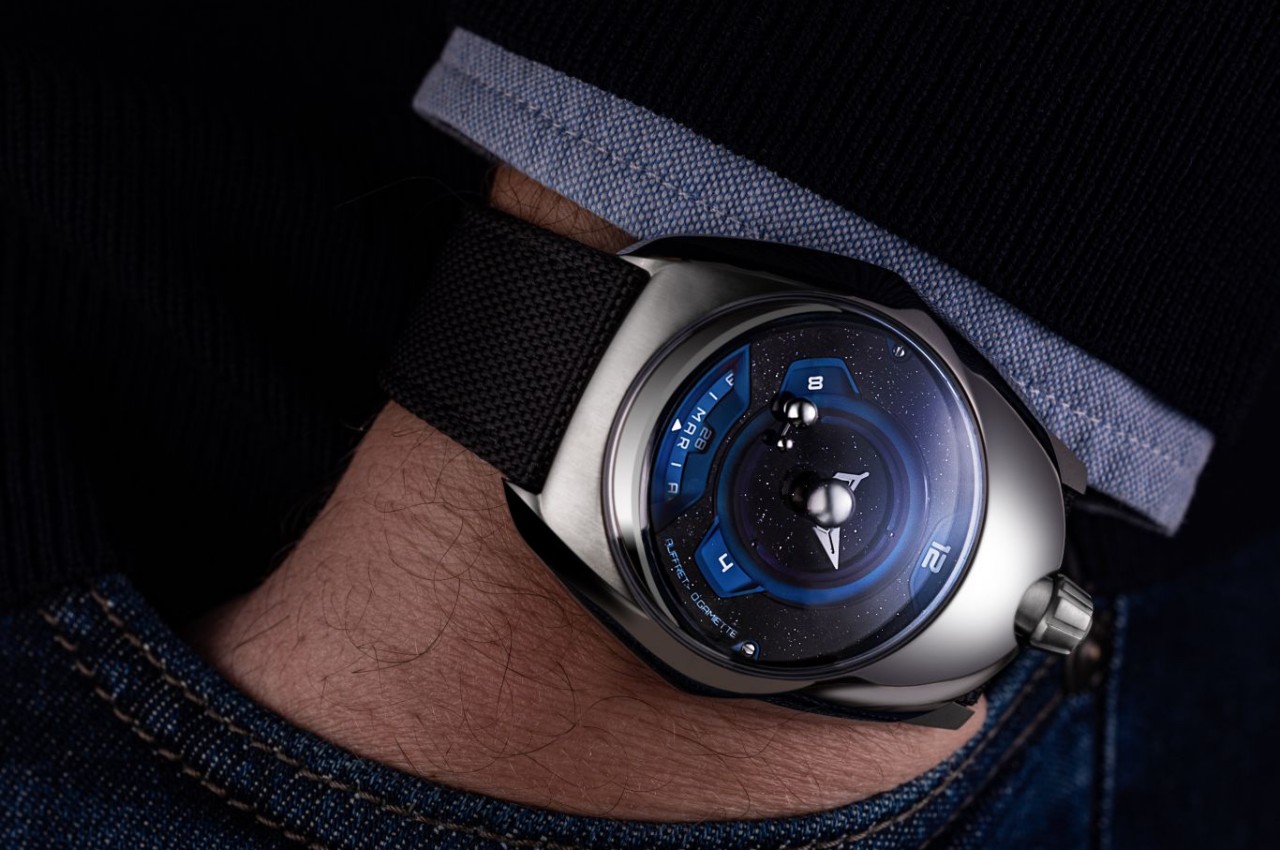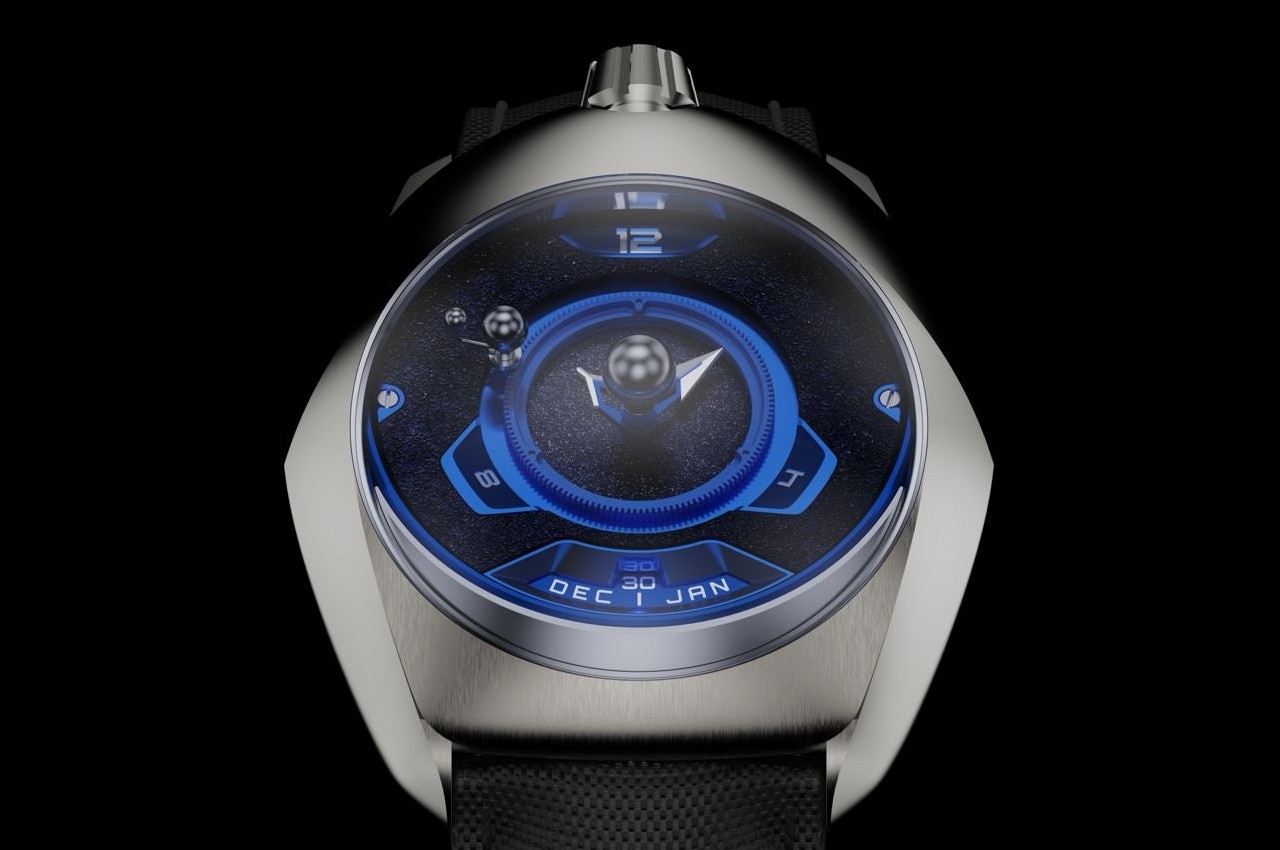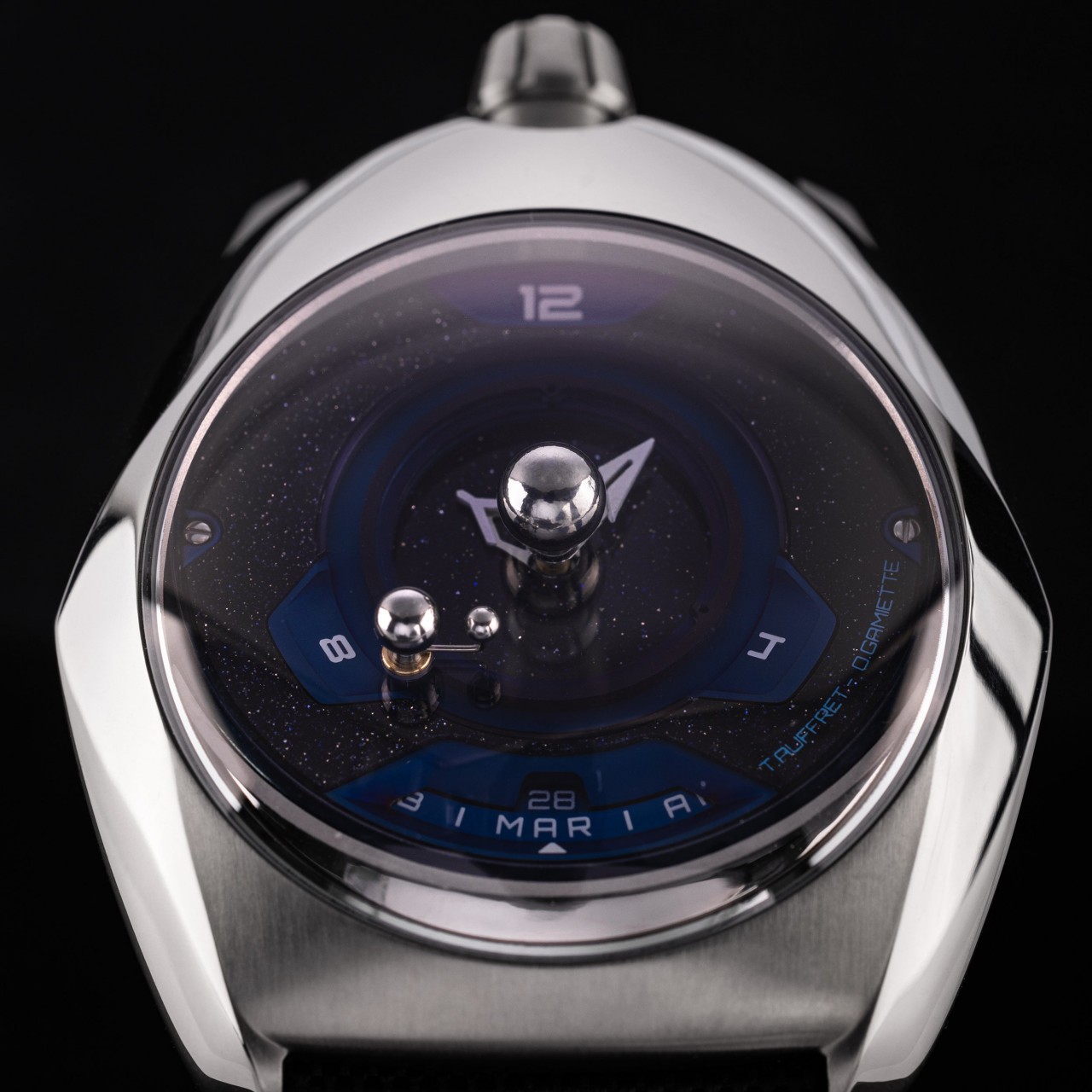Unleash your inner adventurer with the Titanium 6-in-1 Multi-Tool, a masterpiece of engineering designed to revolutionize your everyday carry. Imagine having a tool that combines the strength of titanium with the functionality of a Swiss Army knife but with a sleek, modern twist. This multi-tool isn’t just about utility; it’s about elevating your gear game to a whole new level.
Crafted from premium-grade Grade 5 titanium, this multi-tool promises unparalleled durability and lightweight convenience. Titanium is renowned for its strength-to-weight ratio, making this tool a robust companion for any task without weighing you down. Whether you’re camping in the wilderness or tackling household repairs, this tool is designed to be by your side, ready for action.
Designer: COMANDI-CC
Click Here to Buy Now: $95 $139 (32% off). Hurry, 92/200 left!
The 6-in-1 functionality is where the magic happens. This tool seamlessly integrates an adjustable wrench, a pry bar/nail puller, a screwdriver bit holder, a ratchet mechanism, a bottle opener, and a window breaker into one compact design. Each feature is meticulously engineered to ensure you have the right tool for the job, no matter where you are. Its intuitive design allows you to switch between functions with ease, making it the perfect gadget for those who value efficiency and versatility.
A wrench is often considered an “Omnipotent Little Helper,” and this 6-in-1 multi-tool makes sure one is available to you all the time to meet any need. The rows of grooves at the opening of the wrench are like precision teeth that ensure a tight bite on any nut or bolt. A simple flick of the strategically placed roller opens or closes the wrench and can even be a stress-relieving fidget toy that’s always within reach.
The center of the tool is home to four side-by-side screwdriver heads, held firmly down using strong magnets. Easily pop one into the ratchet mechanism and you instantly have the perfect precision tool for furniture assembly or gadget repairs. Thanks to its innovative design, the ratchet mechanism allows for easy actuation and constant tightening force, saving you time and effort on those emergency tasks.
Need some down time after a hard day’s work? The pry bar and bottle opener makes short work of cans and bottles, allowing you to enjoy that much-needed refreshment. The wrench end of the tool has a handy window breaker made of tungsten steel, while the V-shaped pry bar is also useful for pulling out stubborn nails. All of these essential features are crammed in a compact size that ensures it fits comfortably in your pocket or on a keychain, so it’s always within reach.
The design of this multi-tool is not only functional but also aesthetically pleasing. Five slots for tritium tubes add a bit of personal style while also making it easy to locate and use the tool in the dark. Its sleek look is complemented by the natural sheen of titanium, making it a stylish addition to your gear collection. The tool utilizes the CNC machining process to ensure not only manufacturing accuracy but also maintaining product quality. It’s the perfect blend of form and function, offering a tool that is as beautiful as it is practical.
Imagine the confidence of knowing you’re equipped for any situation, whether you’re hiking, cycling, or simply running errands. Designed for the modern explorer who values preparedness and style, this multi-functional pry bar/wrench is more than just a tool; it’s a statement of readiness and resilience. The Titanium EDC 6-in-1 Multi-Tool is a must-have for anyone who loves the outdoors, enjoys DIY projects, or simply wants to be prepared for life’s little challenges.
Click Here to Buy Now: $95 $139 (32% off). Hurry, 92/200 left!
The post Why this Titanium 6-in-1 Multi-Tool is the Ultimate EDC Companion first appeared on Yanko Design.










